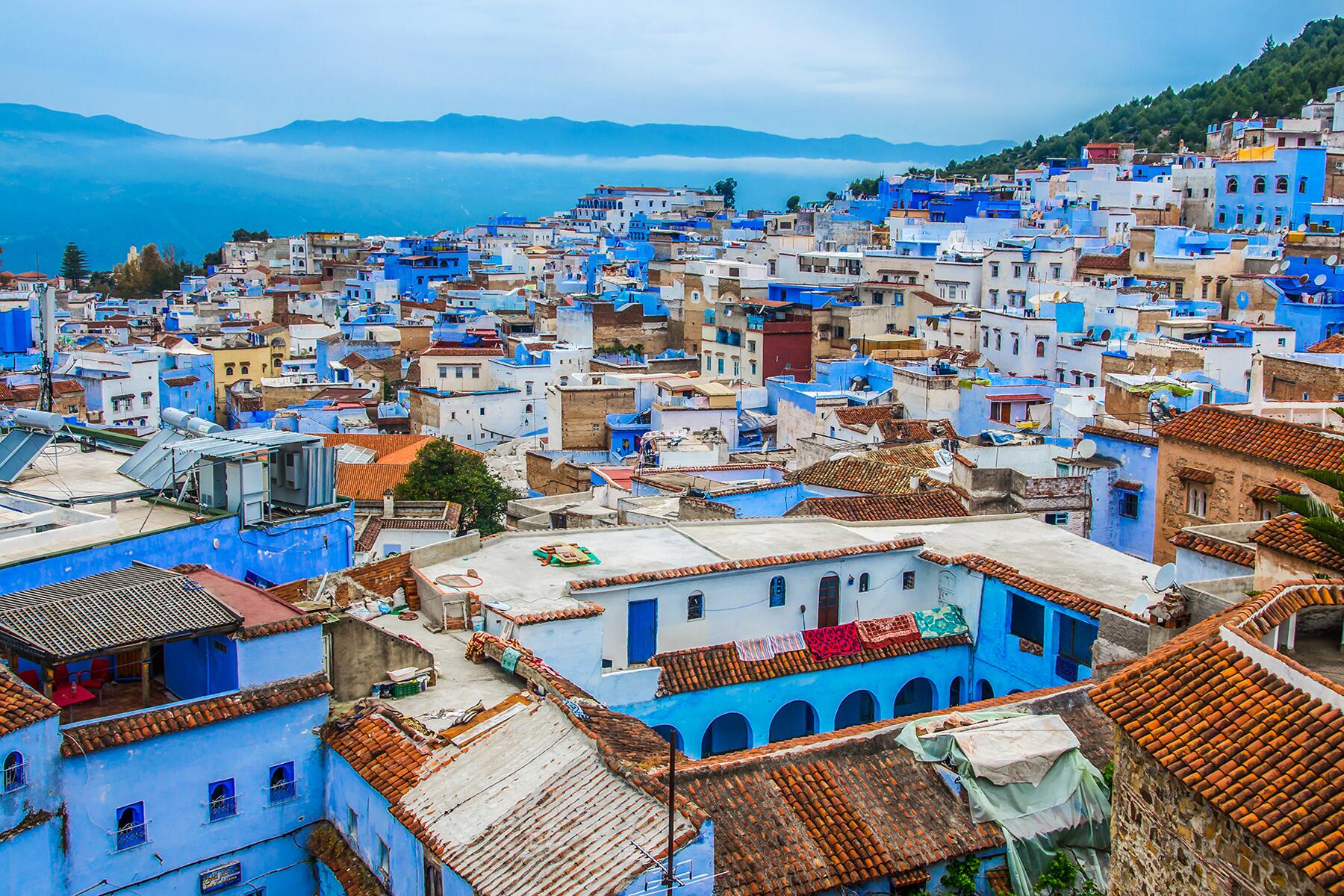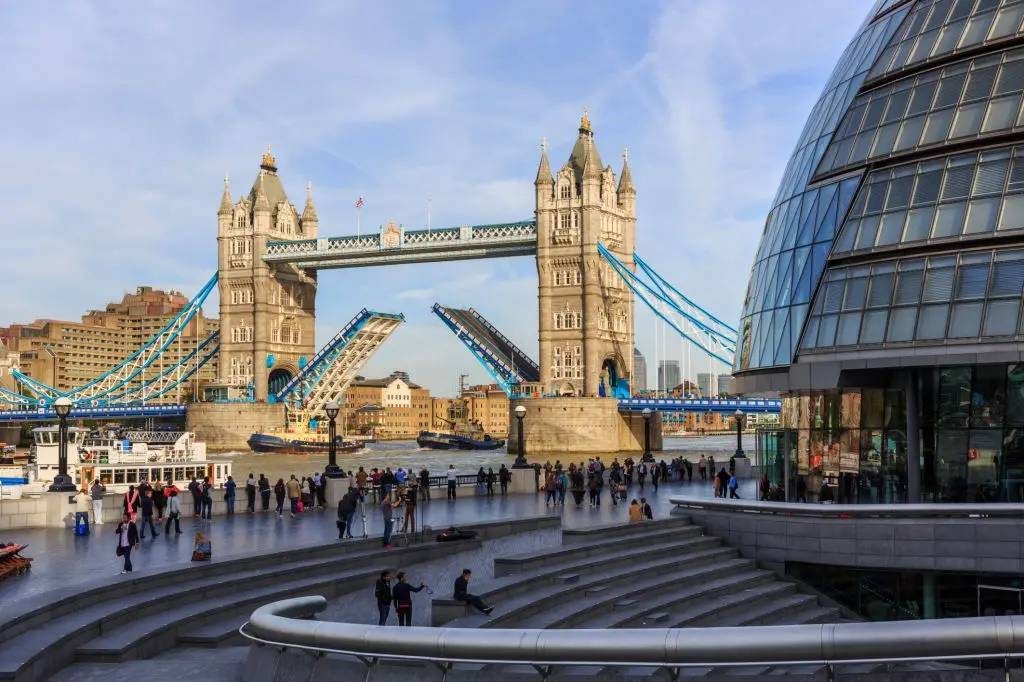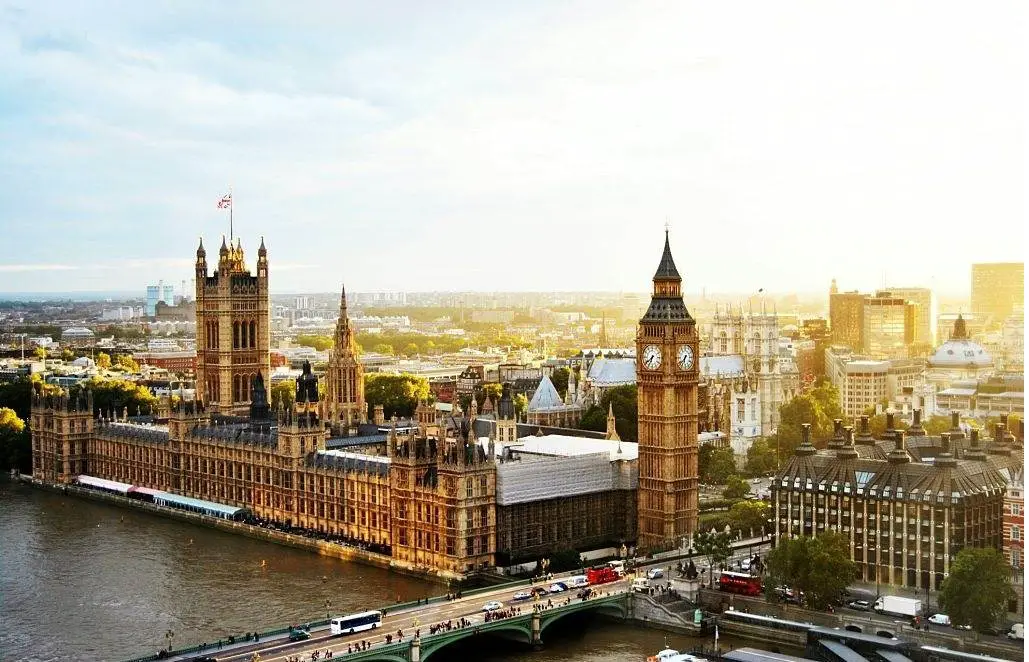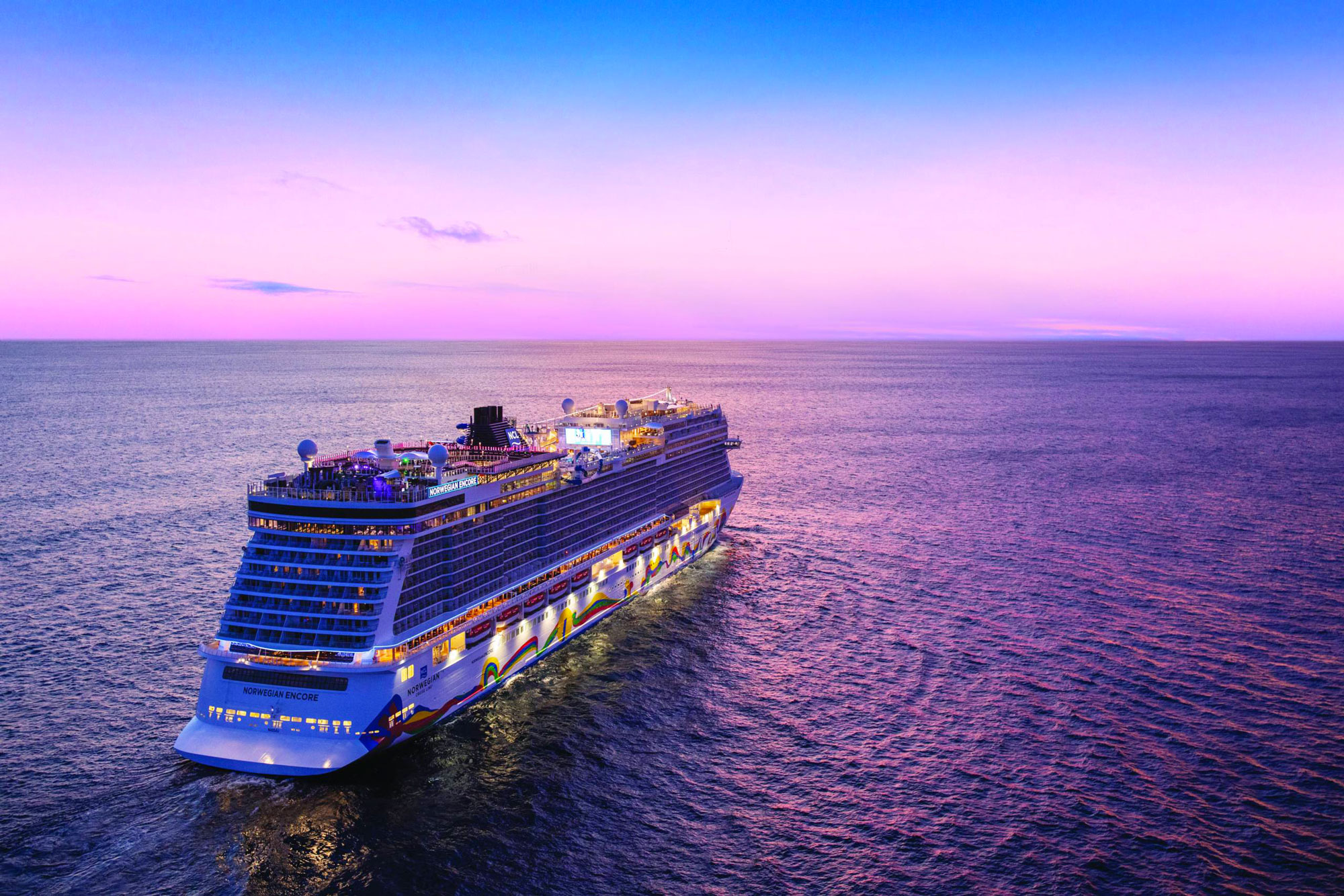Summary
- Diverse Climate: Morocco boasts a diverse climate due to its geography, offering a range of weather patterns from Mediterranean in the north to desert in the south.
- Coastal Regions: Coastal areas like Casablanca and Essaouira experience mild winters and moderate summers, making them favorable year-round destinations with pleasant temperatures.
- Inland Cities: Cities like Marrakech and Fes feature hot summers and cooler winters, making spring and autumn ideal times to visit due to milder temperatures.
- Atlas Mountains: The Atlas Mountains experience cooler temperatures and even snowfall in winter, attracting visitors for winter sports and trekking adventures.
- Desert Regions: Areas like the Sahara Desert have extreme temperature variations, scorching hot during the day and significantly cooler at night, making early morning and evening activities more comfortable for travelers.
If you're planning a trip to Morocco, it's important to know what kind of weather you can expect. Morocco Weather can vary significantly depending on the region, so understanding the Climate in Morocco is essential for a successful trip. Morocco has a diverse climate that varies depending on the region, but it's generally warm and sunny throughout the year. The best time to visit Morocco depends on what you want to do and see, but generally speaking, spring and fall are the most pleasant seasons, with mild temperatures and plenty of sunshine.
In 2025 and 2026, Morocco is expected to experience similar weather patterns to previous years. Whether you're interested in Weather in Morocco, knowing what to expect can enhance your travel experience. In the northern coastal regions, including cities like Tangier and Casablanca, you can expect mild winters and hot summers, with temperatures ranging from the mid-50s to the mid-80s Fahrenheit. Inland cities like Marrakech and Fes can get quite hot in the summer, with temperatures sometimes reaching over 100 degrees Fahrenheit. However, the evenings are usually cooler, making it more comfortable to explore the cities at night.
Reading this article information will help you plan your trip accordingly. Additionally, it's a good idea to pack accordingly for the weather conditions you'll encounter during your stay in this beautiful North African country.
Average Weather in Morocco
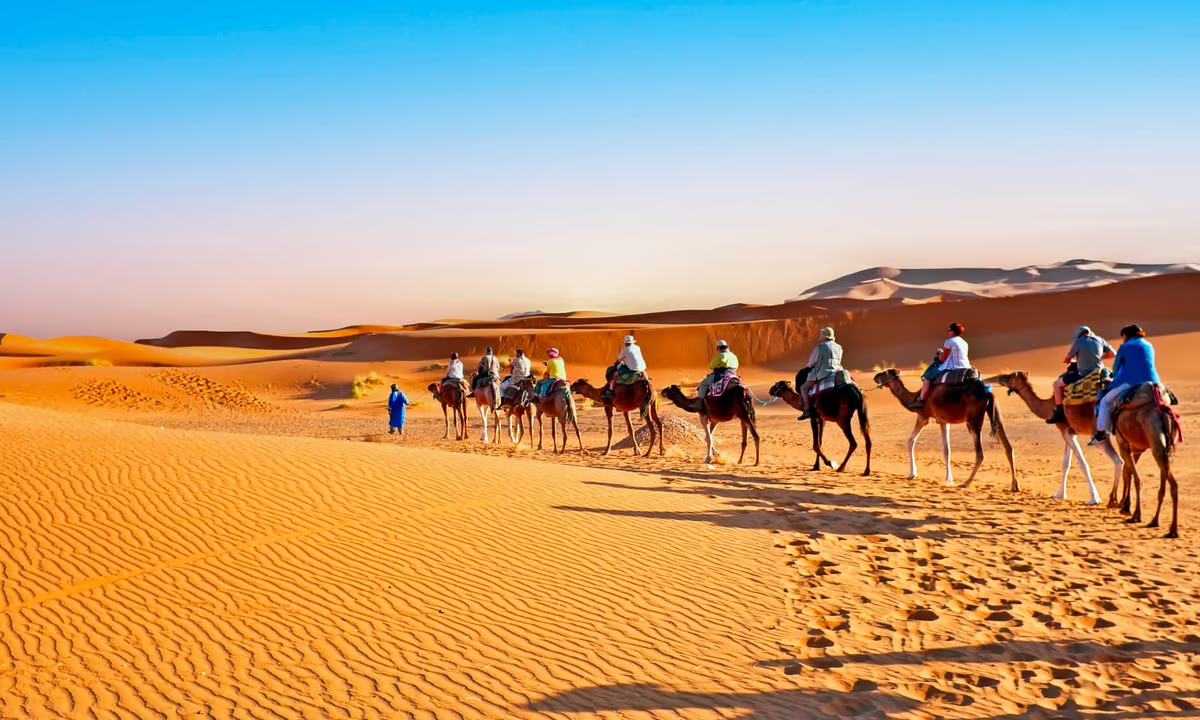
Morocco has a diverse climate due to its location in Northern Africa, the Atlantic Ocean, and the Mediterranean Sea. The country has a Mediterranean climate in its northern and western coastal areas, while the interior and southern regions have an arid climate. The average weather in Morocco varies depending on the region and the time of year, below, we will cover the average weather in Morocco across the country regions starting with the Coastal areas.
Average Morocco Weather in Coastal Areas
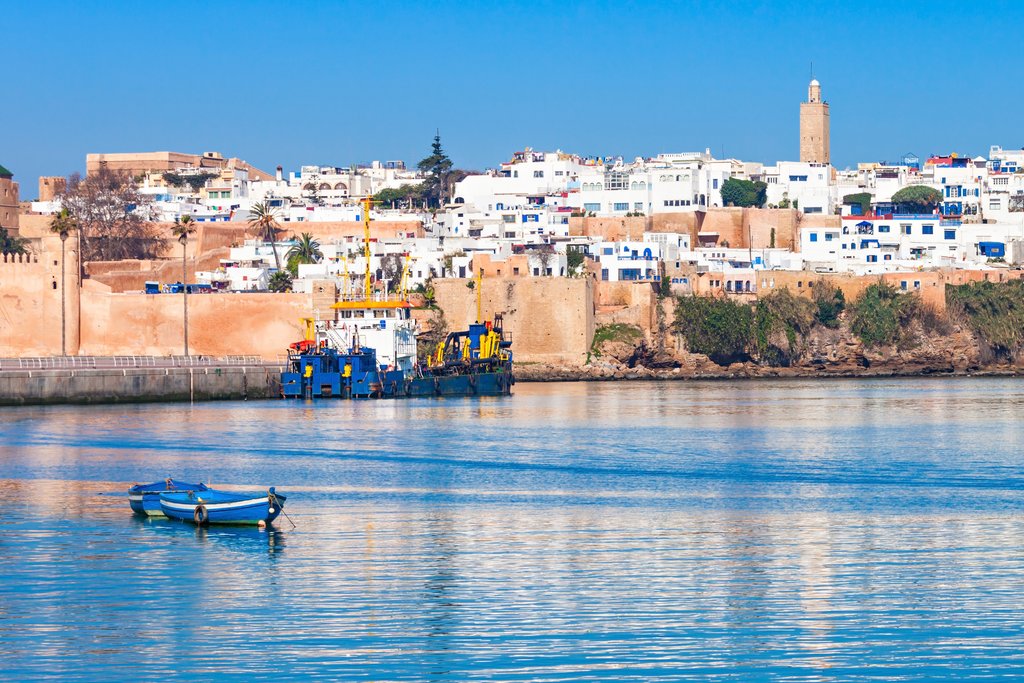
The coastal areas of Morocco have a Mediterranean climate with mild, wet winters and hot, dry summers. The average temperature in cities like Tangier, Casablanca, and Rabat ranges from 13°C (55°F) in January to 24°C (75°F) in August. The rainy season starts in November and lasts until April, with an average of 400 mm (16 in) of rainfall per year. The sea temperature is around 23.5°C (74.5°F) in August, making it a popular time for swimming and water sports.
Average Morocco Weather in Interior and Southern Regions
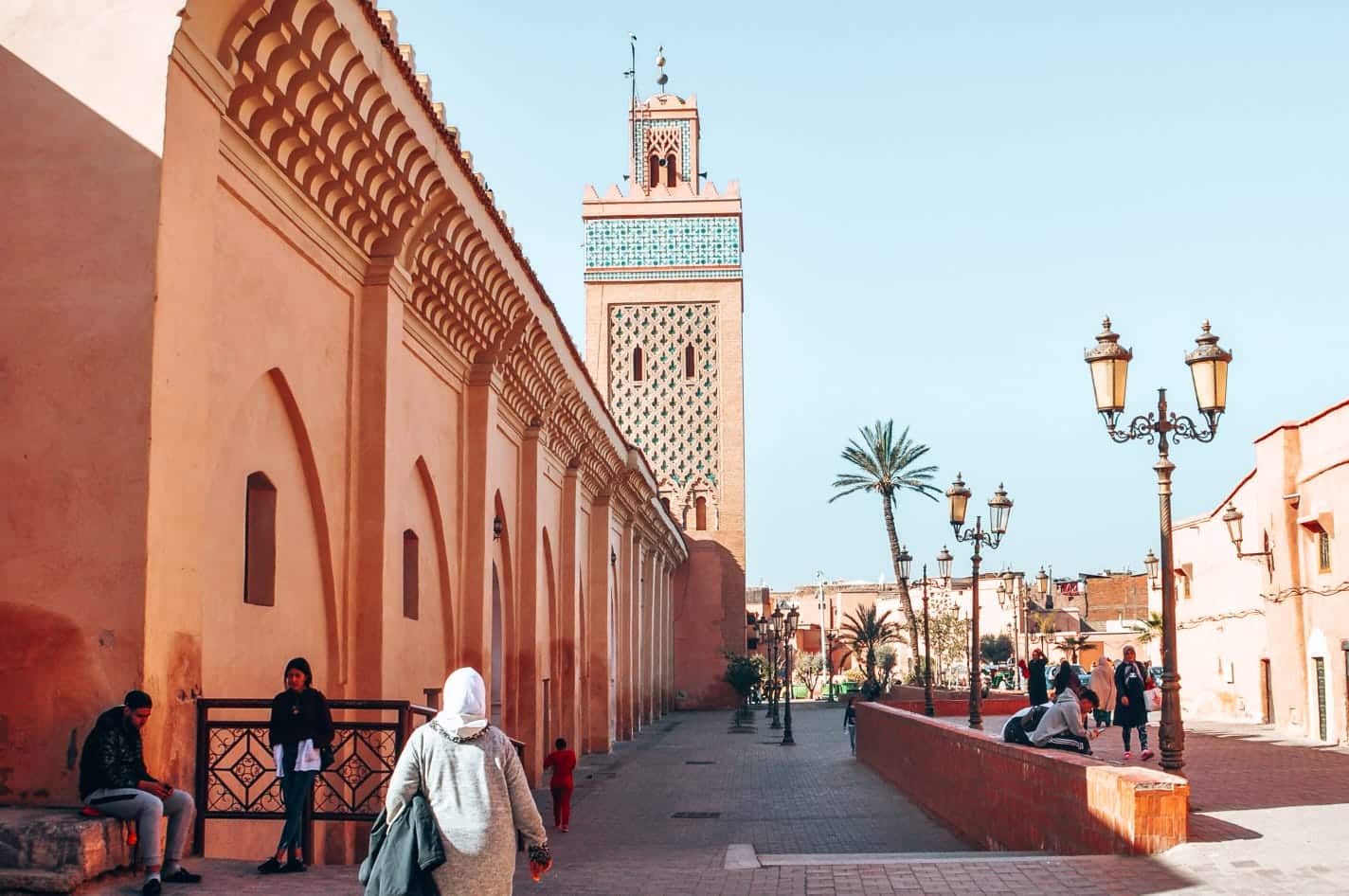
The interior and southern regions of Morocco have an arid climate, with hot summers and cool winters. The average temperature in cities like Marrakesh, Ouarzazate, and Zagora ranges from 18°C (64°F) in January to 38°C (100°F) in July. The rainfall is scarce, with less than 50% of average precipitation in some regions, especially in the southern provinces.
Average Morocco Weather in 2025 and 2026
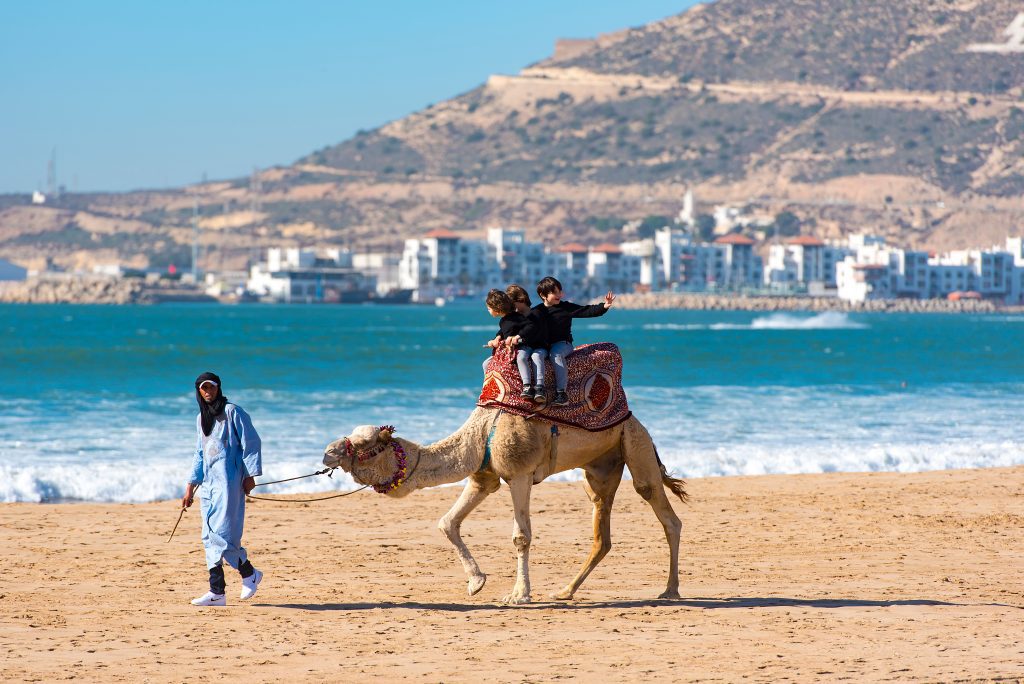
It is difficult to predict the exact weather conditions for Morocco in the upcoming years, but the 2022 annual climate report suggests that the total annual precipitation in 2022 was below normal across the country. The temperatures are expected to remain within the average range for each region, with slight variations. It is recommended to check the weather forecast before traveling to Morocco to ensure that you pack appropriate clothing and gear.
In summary, the average climate in Morocco varies depending on the region and the time of year. The coastal areas have a Mediterranean climate with mild, wet winters and hot, dry summers, while the interior and southern regions have an arid climate with hot summers and cool winters. The sea temperature is warm in August, making it a popular time for swimming and water sports. The average climate in 2025 and 2026 is expected to remain within the average range for each region, with slight variations.
Seasonal Weather in Morocco
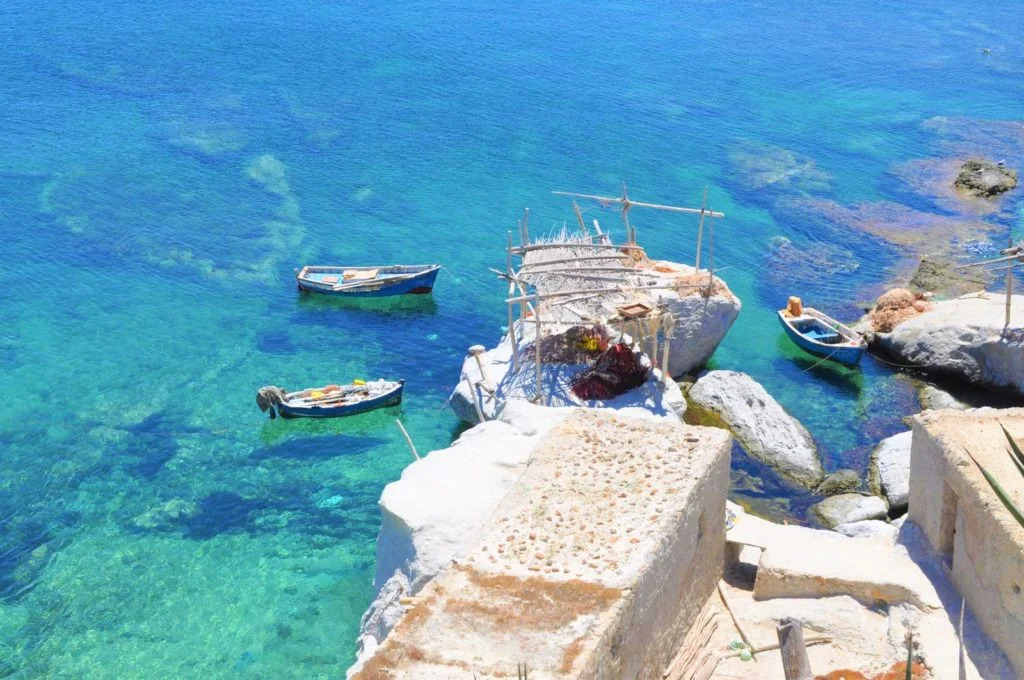
Morocco has a Mediterranean climate, with mild winters and hot summers. The country is also characterized by a diverse landscape, which affects the weather in different regions. Here is what you can expect from the seasonal weather in Morocco:
Morocco Weather Summer (June to August)
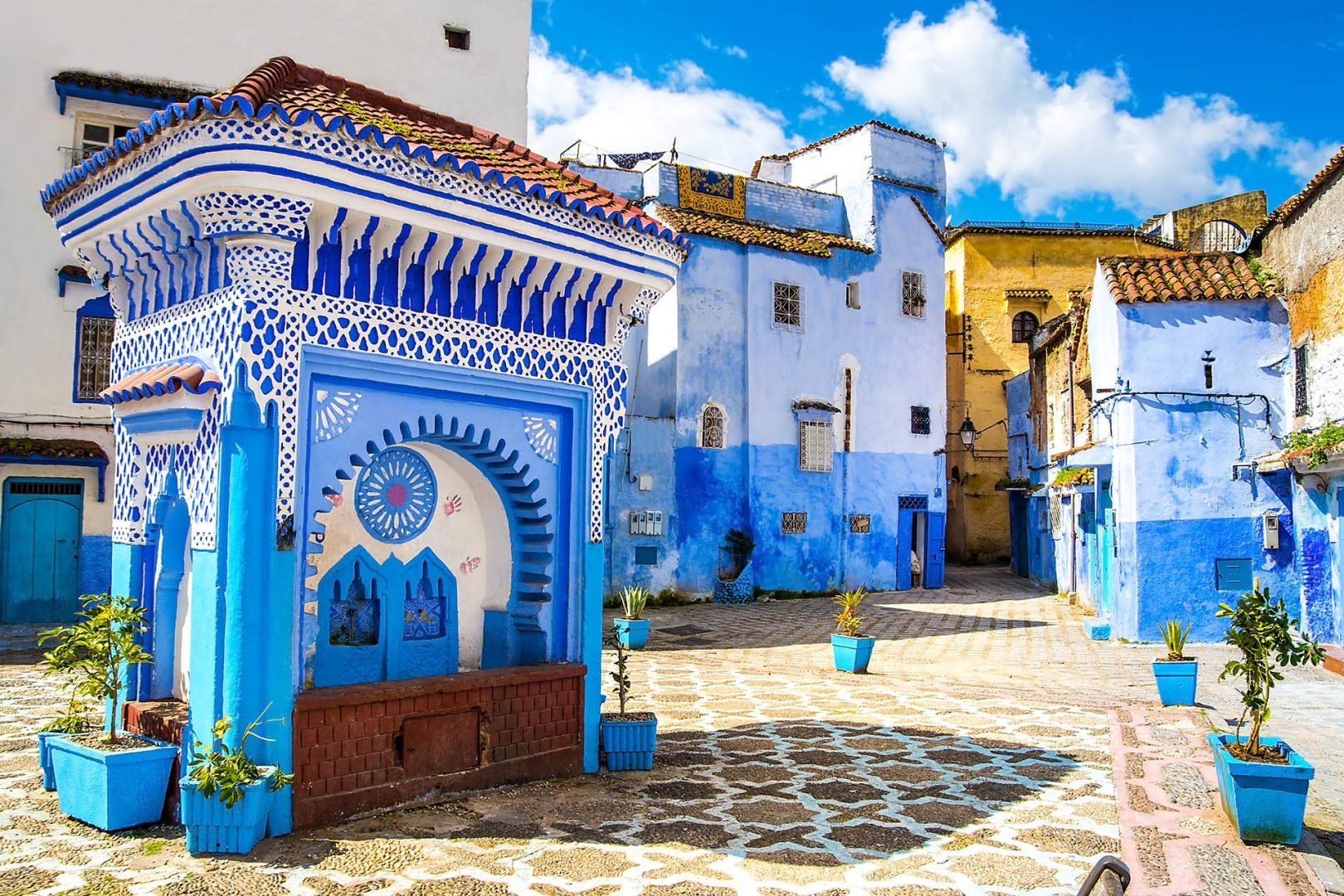
Summer in Morocco is hot and dry, with temperatures ranging from 25°C (77°F) to 45°C (113°F) in some areas. The coastal regions have a more moderate climate, with temperatures averaging around 30°C (86°F) during the day and dropping to around 20°C (68°F) at night. The summer months are also characterized by low humidity, making the heat more bearable.
Morocco Weather Fall (September to November)
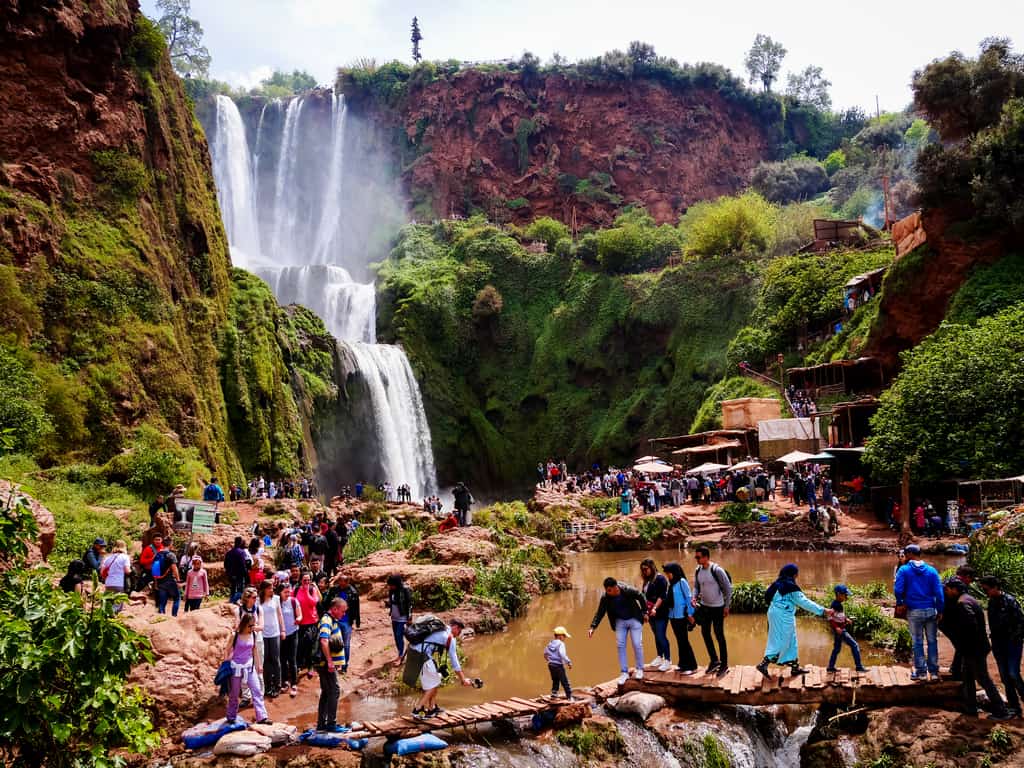
Fall in Morocco is a transitional season, with temperatures gradually cooling down from the summer heat. The coastal regions remain warm, with temperatures ranging from 20°C (68°F) to 30°C (86°F) during the day and dropping to around 15°C (59°F) at night. The interior regions are cooler, with temperatures ranging from 15°C (59°F) to 25°C (77°F) during the day and dropping to around 10°C (50°F) at night.
Morocco Weather Winter (December to February)
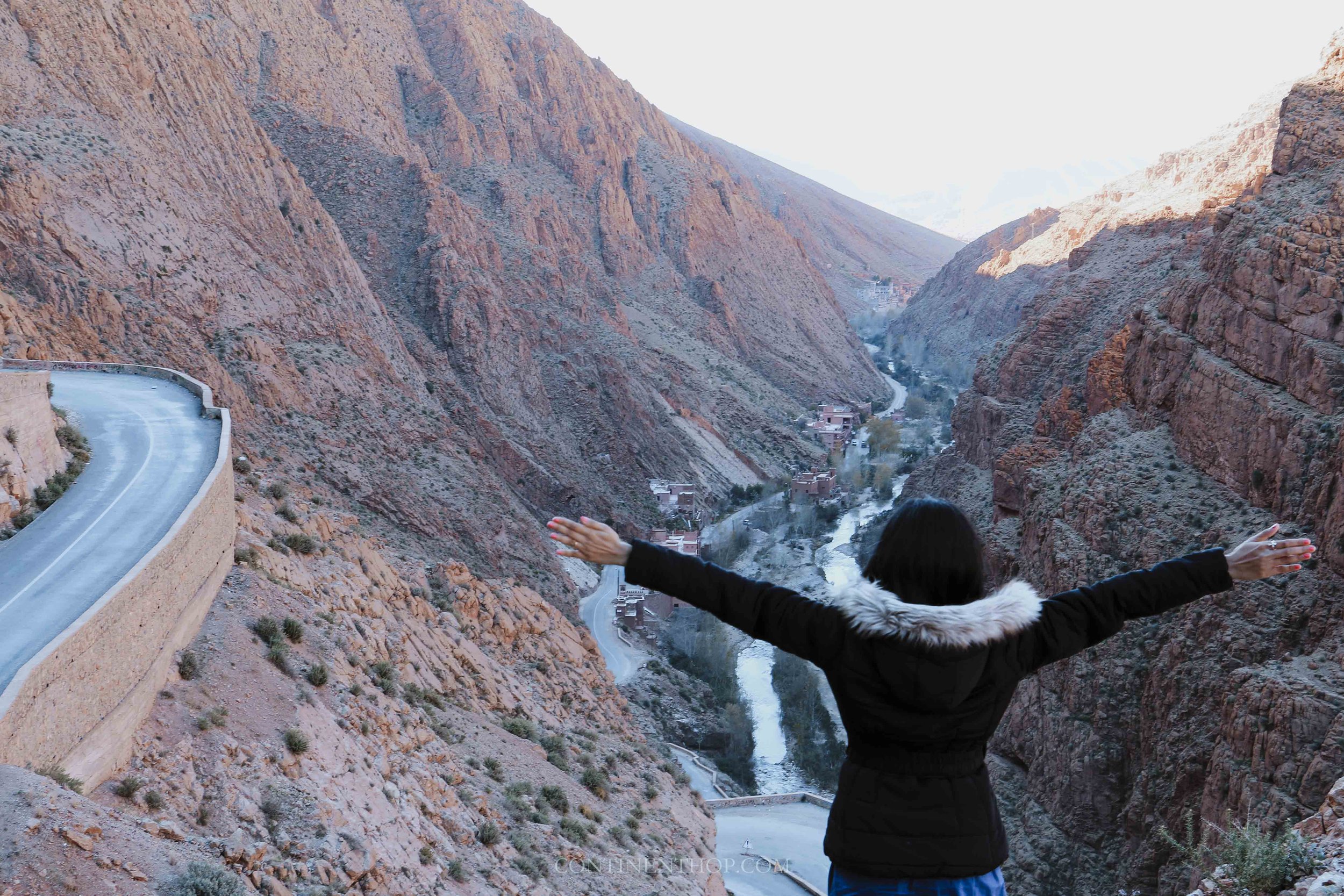
Winter in Morocco is mild, with temperatures ranging from 10°C (50°F) to 20°C (68°F) during the day and dropping to around 5°C (41°F) at night. The coastal regions remain relatively warm, with temperatures averaging around 18°C (64°F) during the day and dropping to around 10°C (50°F) at night. The interior regions are cooler, with temperatures ranging from 5°C (41°F) to 15°C (59°F) during the day and dropping to around 0°C (32°F) at night.
Morocco Weather Spring (March to May)
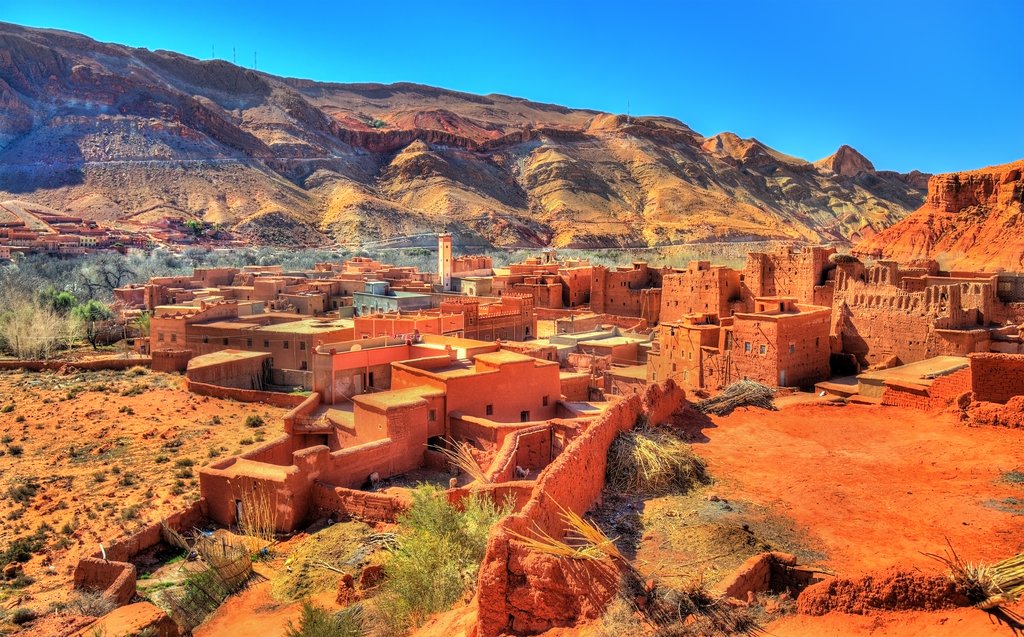
Spring in Morocco is characterized by mild temperatures and occasional rainfall. The coastal regions remain relatively warm, with temperatures ranging from 20°C (68°F) to 25°C (77°F) during the day and dropping to around 15°C (59°F) at night. The interior regions are cooler, with temperatures ranging from 15°C (59°F) to 20°C (68°F) during the day and dropping to around 10°C (50°F) at night.
Morocco Shoulder Seasons
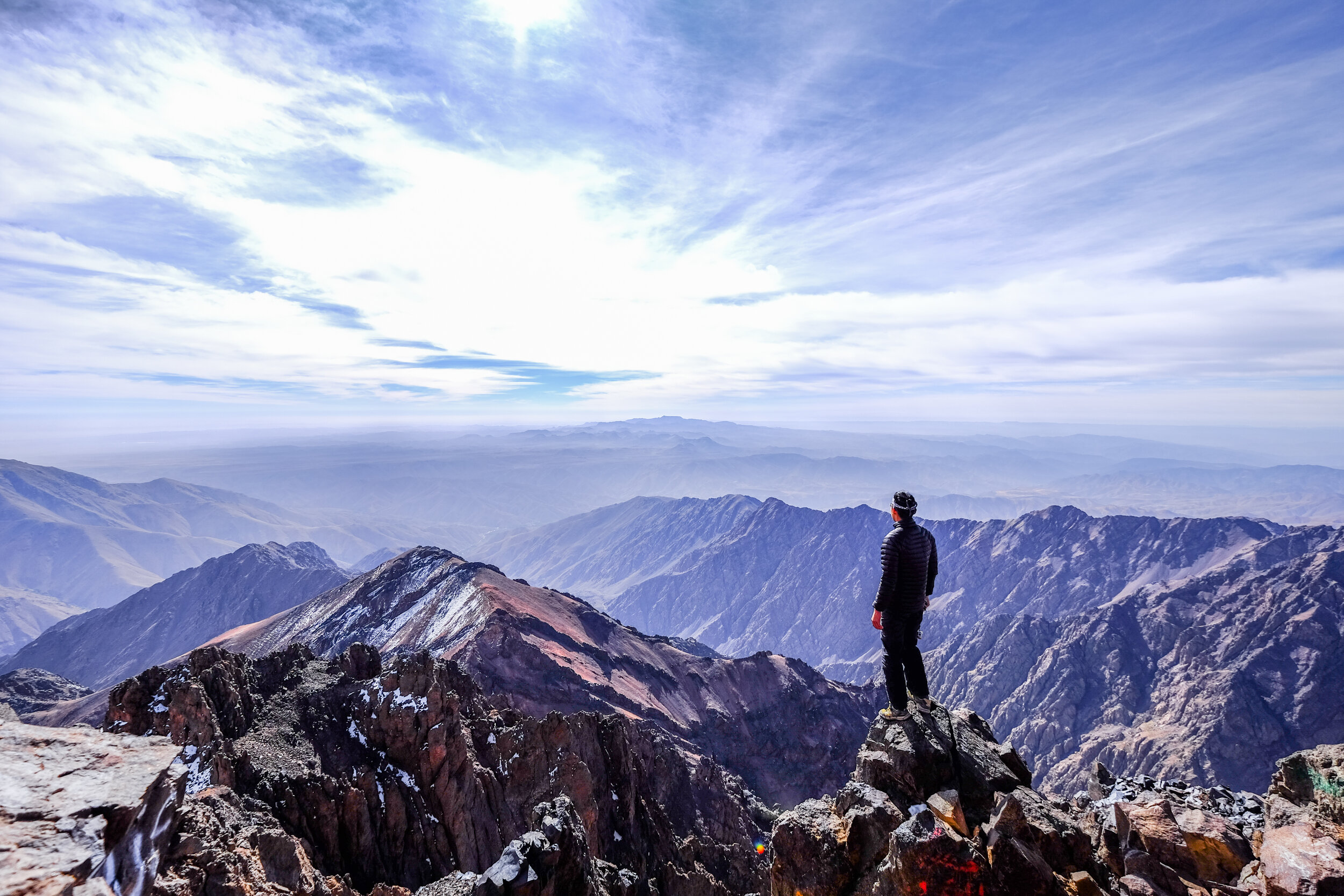
The shoulder seasons in Morocco (April to June and September to November) are a great time to visit the country, as the weather is mild and the crowds are smaller than during the peak summer months. The temperatures are comfortable, ranging from 15°C (59°F) to 30°C (86°F) during the day and dropping to around 5°C (41°F) to 20°C (68°F) at night.
Morocco has a pleasant climate throughout the year, with each season offering a unique experience. Whether you're looking for a beach vacation or an adventure in the mountains, there's something for everyone in Morocco.
Monthly Weather Breakdown in Morocco
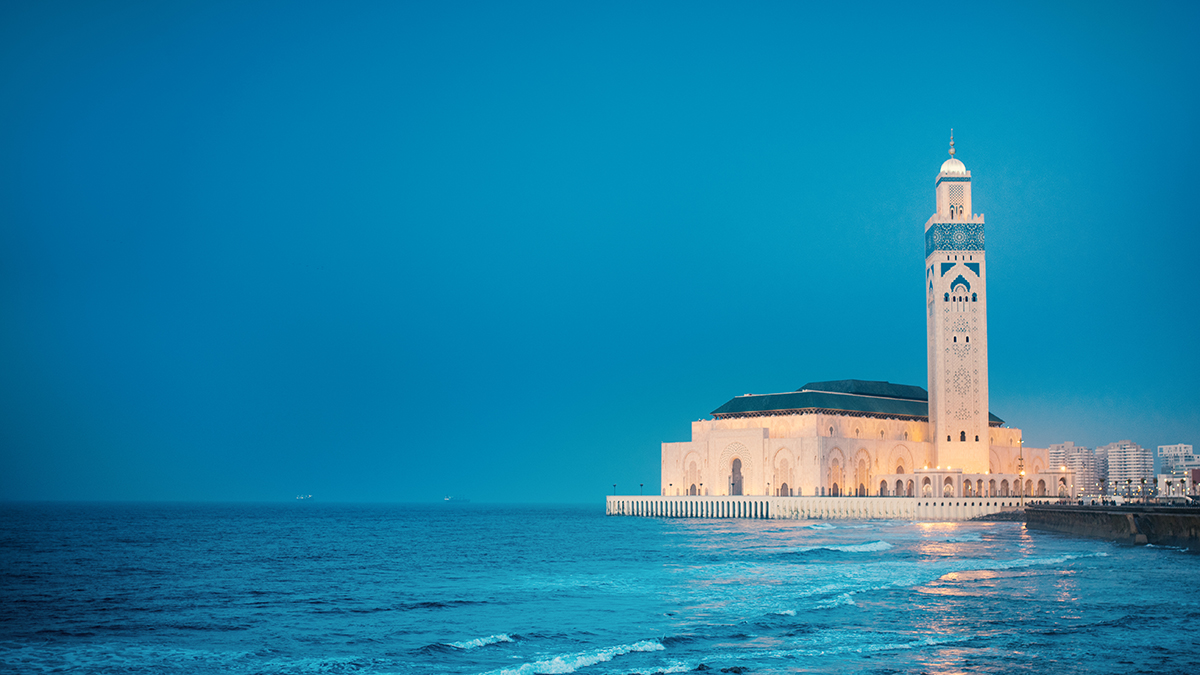
When planning your trip to Morocco, it's important to have an idea of what the weather will be like during your stay. Morocco has a diverse climate, with temperatures varying greatly depending on the region and time of year. Here's what you can expect in terms of weather on a monthly basis:
-
January: January is the coldest month in Morocco, with average temperatures ranging from 8°C (46°F) in the north to 18°C (64°F) in the south. This is also the wettest month, with most regions experiencing some rainfall.
-
February: February is still quite cold, but temperatures begin to rise slightly towards the end of the month. Average temperatures range from 9°C (48°F) in the north to 20°C (68°F) in the south.
-
March: March is a transitional month, with temperatures starting to warm up. Average temperatures range from 11°C (52°F) in the north to 22°C (72°F) in the south. This is a good time to visit Morocco if you want to avoid the crowds of peak season.
-
April: April is a great time to visit Morocco, with mild temperatures and plenty of sunshine. Average temperatures range from 13°C (55°F) in the north to 25°C (77°F) in the south.
-
May: May is a popular time to visit Morocco, with warm temperatures and plenty of sunshine. Average temperatures range from 16°C (61°F) in the north to 28°C (82°F) in the south.
-
June: June is the start of peak season in Morocco, with hot temperatures and plenty of sunshine. Average temperatures range from 19°C (66°F) in the north to 31°C (88°F) in the south.
-
July: July is the hottest month in Morocco, with average temperatures ranging from 22°C (72°F) in the north to 36°C (97°F) in the south. This is a popular time to visit the coastal regions.
-
August: August is another hot month in Morocco, with temperatures remaining high throughout the country. Average temperatures range from 22°C (72°F) in the north to 36°C (97°F) in the south.
-
September: September is a great time to visit Morocco, with temperatures starting to cool down slightly. Average temperatures range from 19°C (66°F) in the north to 32°C (90°F) in the south.
-
October: October is a popular time to visit Morocco, with mild temperatures and plenty of sunshine. Average temperatures range from 15°C (59°F) in the north to 27°C (81°F) in the south.
-
November: November is a transitional month, with temperatures starting to cool down. Average temperatures range from 11°C (52°F) in the north to 22°C (72°F) in the south.
-
December: December is the start of winter in Morocco, with temperatures starting to drop. Average temperatures range from 8°C (46°F) in the north to 18°C (64°F) in the south.
The best time to visit Morocco is in the spring (March to May) or fall (September to November) when temperatures are mild and crowds are smaller. However, if you don't mind the heat, the summer months can be a great time to visit the coastal regions.
Average Temperature Ranges in Morocco
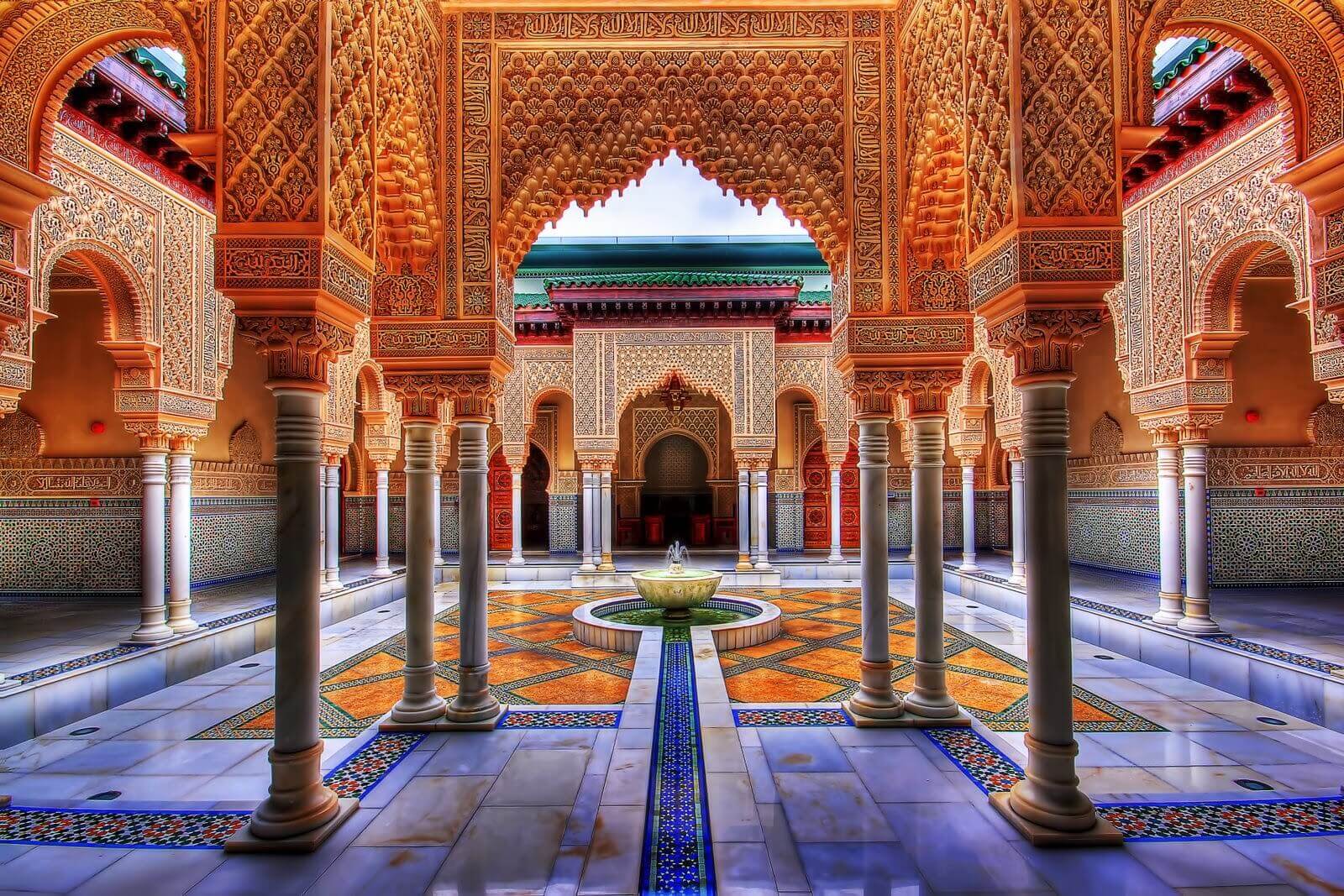
When planning a trip to Morocco, it's important to know what kind of temperatures to expect. The weather in Morocco varies depending on the region, but in general, it has a Mediterranean climate with hot summers and mild winters. Here are some temperature ranges to keep in mind:
-
High Temperatures: During the summer months (June to August), temperatures can reach as high as 40°C (104°F) in some parts of Morocco, especially in the southern regions like Marrakech and Ouarzazate. If you're planning to visit during this time, be sure to bring plenty of sunscreen, a hat, and lightweight clothing to stay cool.
-
Low Temperatures: In the winter months (December to February), temperatures can drop to as low as 5°C (41°F) in some parts of Morocco, particularly in the Atlas Mountains. If you plan on visiting during this time, be sure to bring warm clothing, especially if you plan on hiking or spending time outdoors.
-
Daytime Temperatures: During the day, temperatures can range from 20°C (68°F) to 30°C (86°F) depending on the region and time of year. Coastal cities like Casablanca and Agadir tend to have cooler temperatures than inland cities like Marrakech and Fes.
-
Nighttime Temperatures: At night, temperatures can drop significantly, especially in the winter months. It's not uncommon for temperatures to drop to 0°C (32°F) in some parts of the country, so be sure to bring warm clothing if you plan on spending time outdoors after dark.
-
Cool Air Temperatures: Even in the summer months, temperatures can be cooler in the evenings and early mornings, especially in the mountains. Be sure to pack a light jacket or sweater to stay warm during these times.
The temperature ranges in Morocco can vary widely depending on the region and time of year. Be sure to check the weather forecast before you go and pack accordingly to ensure a comfortable and enjoyable trip.
Precipitation Patterns
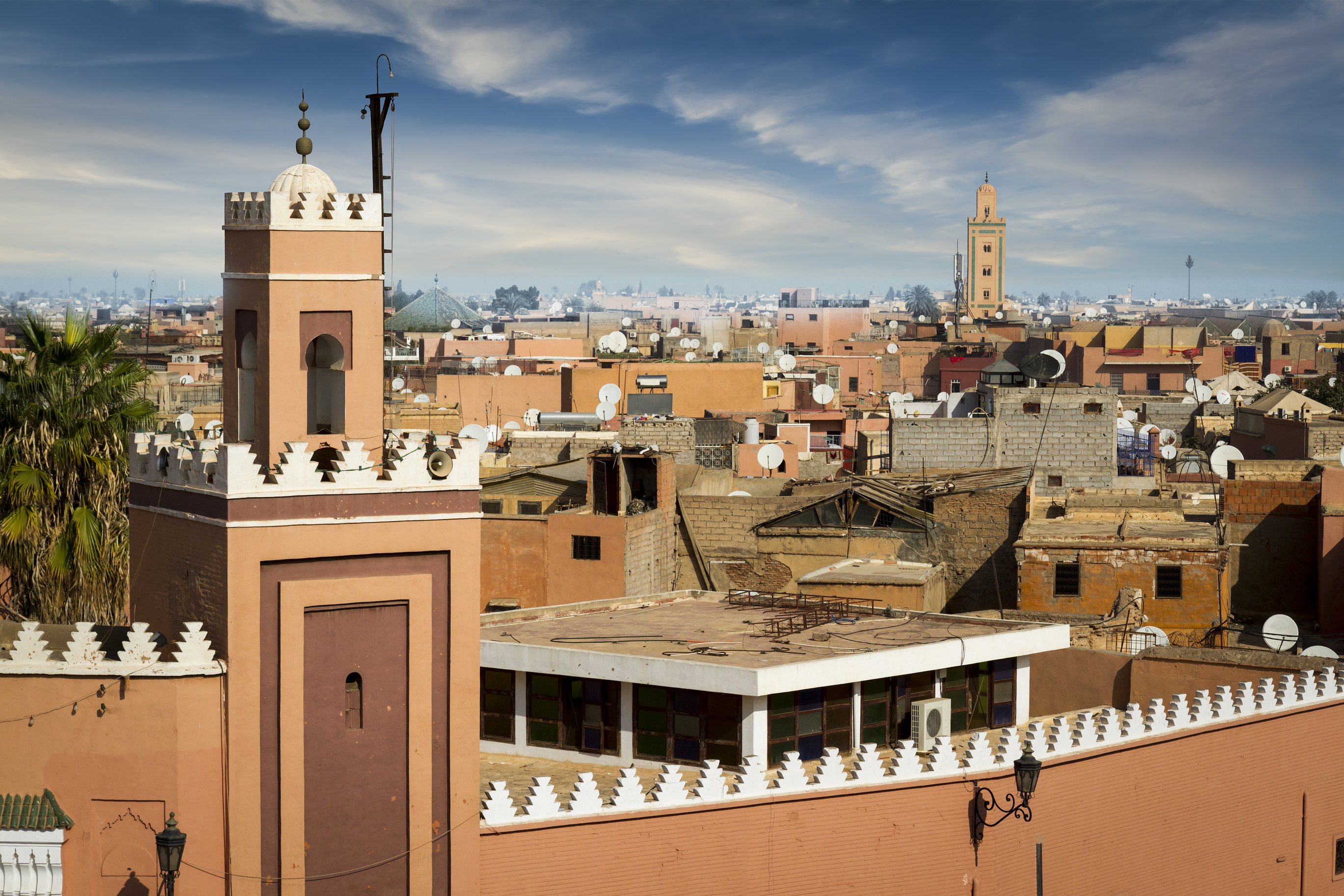
Morocco's precipitation patterns vary significantly across the country. The coastal regions receive more rainfall than the inland areas. The northern coastal regions receive the highest amount of rainfall while the southern and eastern regions receive the least amount of rainfall.
The rainy season in Morocco typically starts in November and lasts until April. During this time, the northern regions receive the most rainfall. The amount of rainfall decreases as you move towards the southern regions. In general, the coastal regions of Morocco receive around 400 mm (16 in) of rainfall per year.
The average annual precipitation in Morocco has been increasing in recent years. As of 2021, the average precipitation in Morocco was around 300 mm (12 in). However, there is significant variation in the amount of rainfall received across the country.
Here are some of the key features of precipitation patterns in Morocco:
- The northern regions receive the highest amount of rainfall
- The southern and eastern regions receive the least amount of rainfall
- The rainy season typically starts in November and lasts until April
- The coastal regions receive more rainfall than the inland areas
It is important to note that Morocco is prone to droughts, which can have a significant impact on the country's agriculture and economy. In recent years, Morocco has implemented various measures to mitigate the impact of droughts, including investing in irrigation systems and promoting water conservation.
Precipitation patterns in Morocco are influenced by a variety of factors, including the country's location, topography, and climate. While the coastal regions receive more rainfall than the inland areas, there is significant variation in the amount of rainfall received across the country.
Morocco Weather Variations by Location
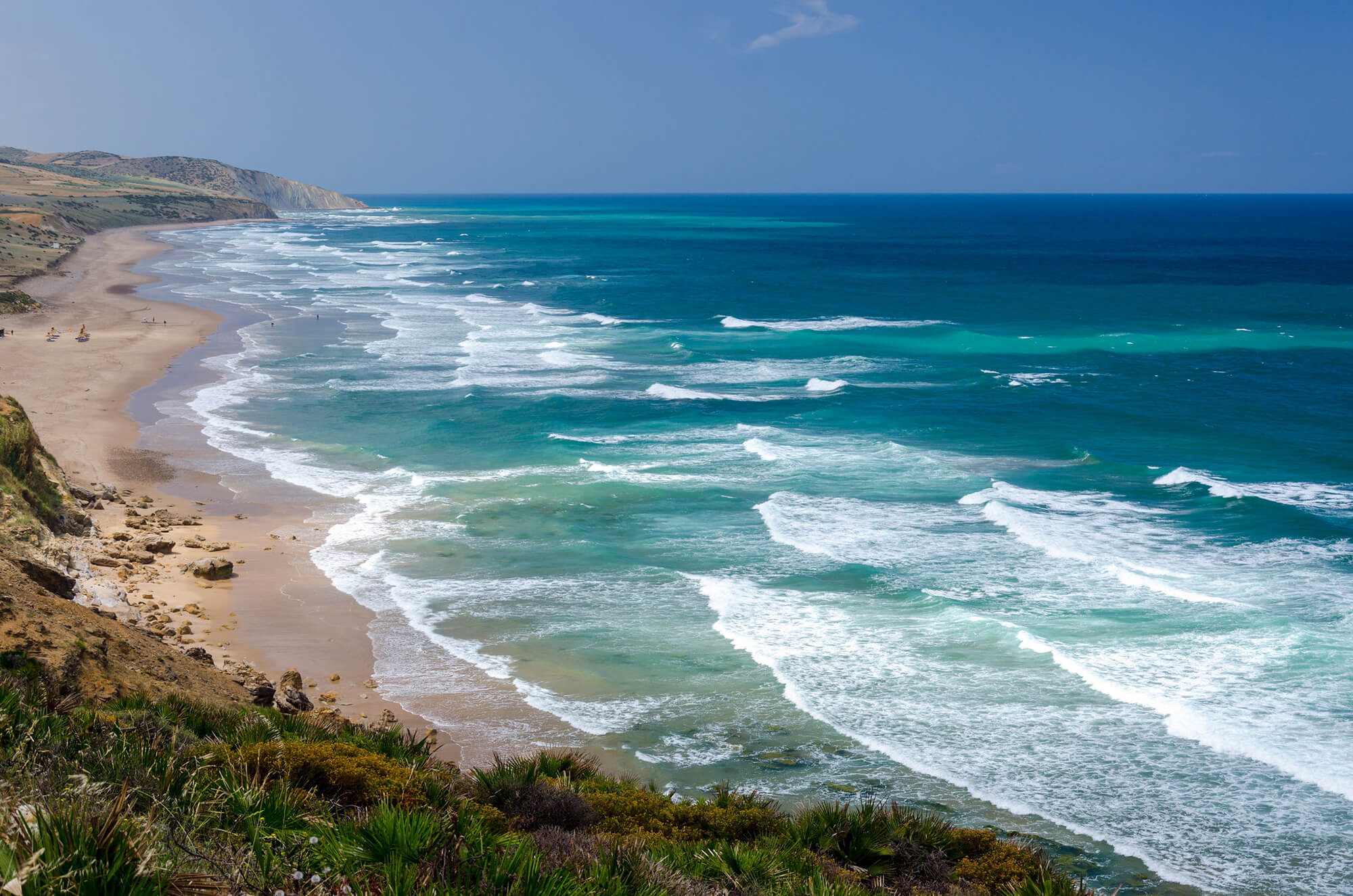
Morocco has a diverse climate due to its geographical location, with the Atlantic Ocean to the west and the Sahara Desert to the south and east. The country can be divided into four main climatic regions: the Atlantic coast, the mountains, the middle atlas region, and the Sahara desert.
On the Atlantic coast, cities like Rabat, Casablanca, and Essaouira have a moderate climate with mild temperatures throughout the year. The average temperature in Rabat ranges from 12°C (53.6°F) in January to 25°C (77°F) in August. Casablanca has a similar climate, with average temperatures ranging from 13°C (55.4°F) in January to 23°C (73.4°F) in August. Essaouira is slightly cooler, with average temperatures ranging from 12°C (53.6°F) in January to 22°C (71.6°F) in August.
In the mountains, temperatures are generally cooler, and snow is common in the winter months. Marrakesh, located in the Atlas Mountains, has an average temperature of 18°C (64.4°F) in January and 32°C (89.6°F) in August. Ouarzazate, located in the middle of the Atlas Mountains, has a similar climate, with temperatures ranging from 8°C (46.4°F) in January to 34°C (93.2°F) in August.
The middle atlas region has a continental climate with hot summers and cold winters. Cities like Fez have an average temperature of 11°C (51.8°F) in January and 30°C (86°F) in August.
The Sahara desert has an arid climate with very high temperatures during the day and cooler temperatures at night. Cities like Agadir and Tangier, located near the desert, have a similar climate to the Atlantic coast, but temperatures can be much higher during the summer months.
Morocco has a diverse climate, and temperatures can vary greatly depending on the location and time of year. It is important to check the weather forecast before traveling to ensure you pack appropriately for the conditions.
Sun and Daylight Hours in Morocco
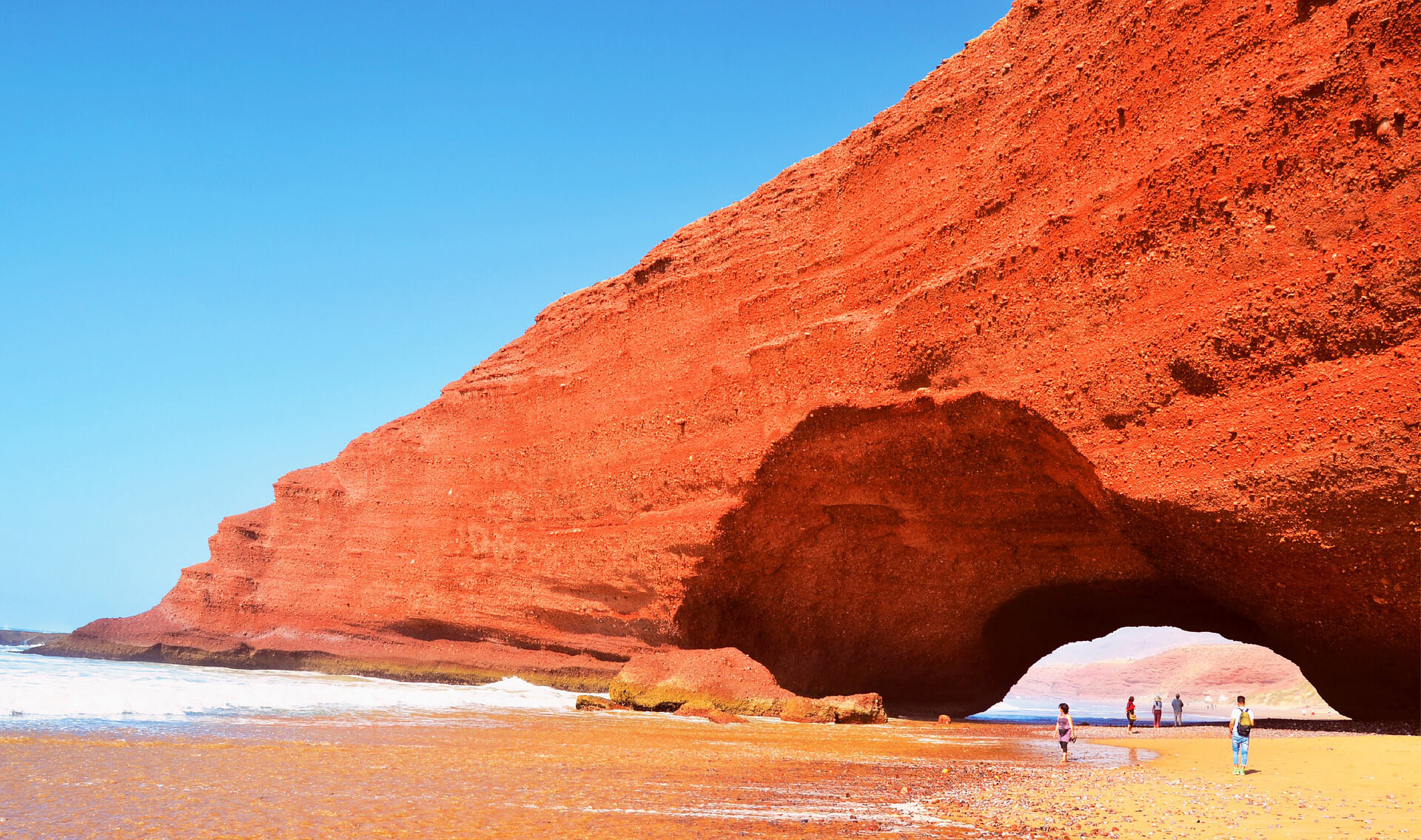
When it comes to sunlight and daylight hours, Morocco is a great place to visit. The country experiences plenty of sunshine throughout the year, which is perfect for outdoor activities and sightseeing.
In general, the sun rises early in Morocco, and it sets relatively early in the evening. During the summer months, the sun rises as early as 5:30 am and sets around 8:30 pm. In the winter months, the sun rises around 7:30 am and sets around 5:30 pm.
Civil twilight, which is the period when the sun is below the horizon but its rays illuminate the sky, lasts for about 30 minutes before sunrise and after sunset. This means that you can enjoy the beautiful colors of the sunrise and sunset for a little longer in Morocco.
The hours of daylight in Morocco vary depending on the time of year and the location. In general, the country experiences longer daylight hours during the summer months and shorter daylight hours during the winter months. For example, in Marrakech, the longest day of the year has about 14 hours of daylight, while the shortest day has only about 10 hours of daylight.
If you plan on visiting Morocco, it's important to keep in mind that the country observes daylight saving time. This means that the clocks are adjusted forward by one hour during the summer months, which results in longer daylight hours in the evening. Make sure to check the local time and adjust your schedule accordingly.
Morocco is a great destination for those who love sunshine and outdoor activities. With plenty of daylight hours and beautiful sunrises and sunsets, you're sure to have a memorable experience.
Weather Forecasts and Apps
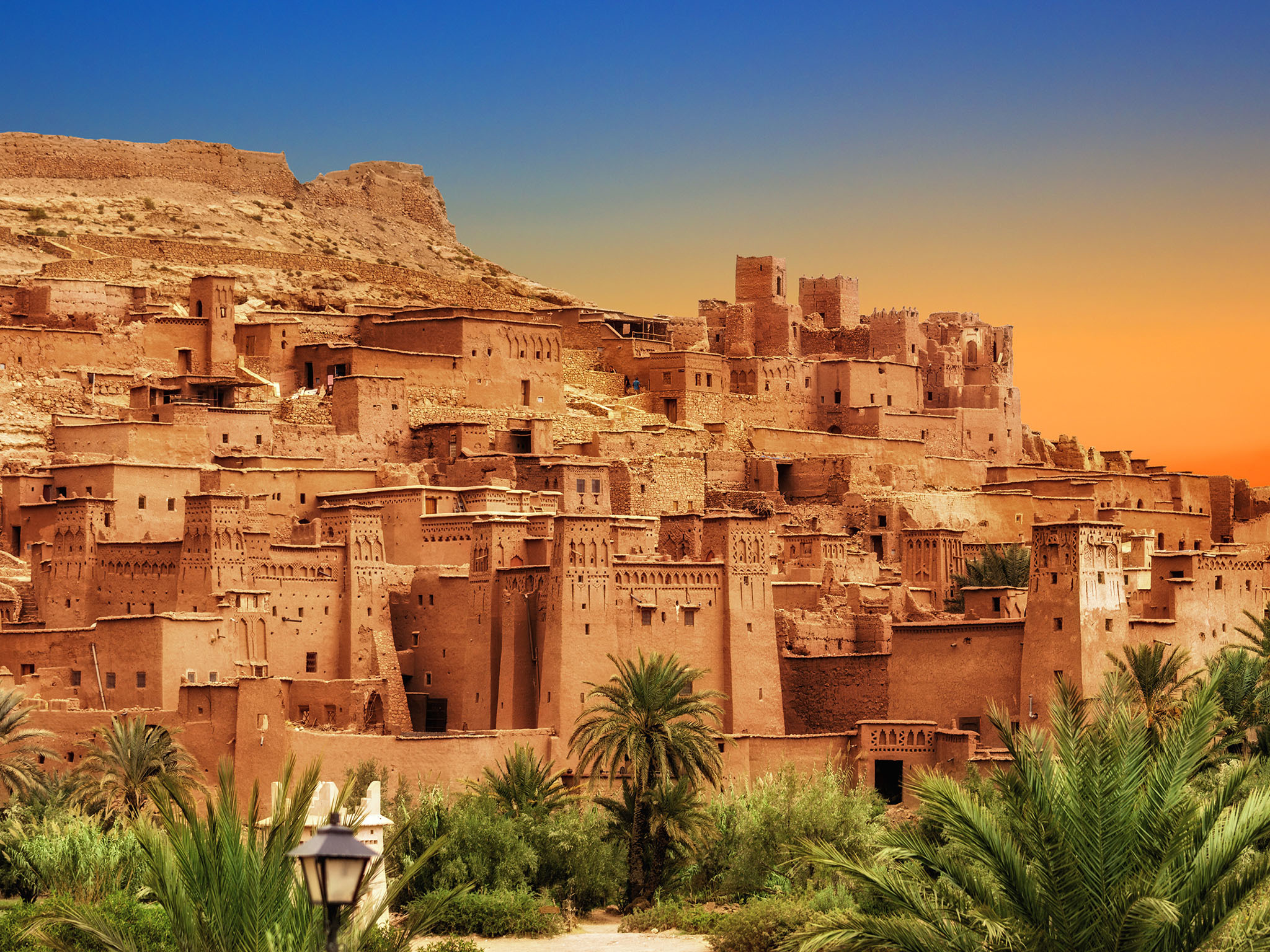
When planning a trip to Morocco, checking the weather forecast is crucial to ensure that you pack the right clothes and plan your activities accordingly. Fortunately, there are many reliable weather apps available that can help you stay up-to-date with the latest weather conditions.
One popular weather app is AccuWeather, which provides hourly, daily, and 15-day forecasts for cities across Morocco. The app also includes features such as radar maps, severe weather alerts, and customizable notifications.
Another useful app is Weather Underground, which provides real-time weather data from more than 250,000 personal weather stations around the world. The app includes interactive radar maps, satellite imagery, and severe weather alerts.
If you prefer a more visual representation of the weather forecast, you may want to check out the Weather Channel app. This app provides hourly and 10-day forecasts, as well as interactive radar maps and videos of the latest weather news.
In addition to these apps, many popular travel apps such as TripAdvisor and Expedia also include weather forecasts for the destinations you are planning to visit. These apps can be a great way to stay informed about the weather conditions in Morocco while also planning your itinerary and booking accommodations.
There are many reliable weather apps available that can help you stay informed about the weather conditions in Morocco. Whether you prefer detailed forecasts or a more visual representation of the weather, there is an app out there that can meet your needs.
Packing Tips for Morocco's Climate
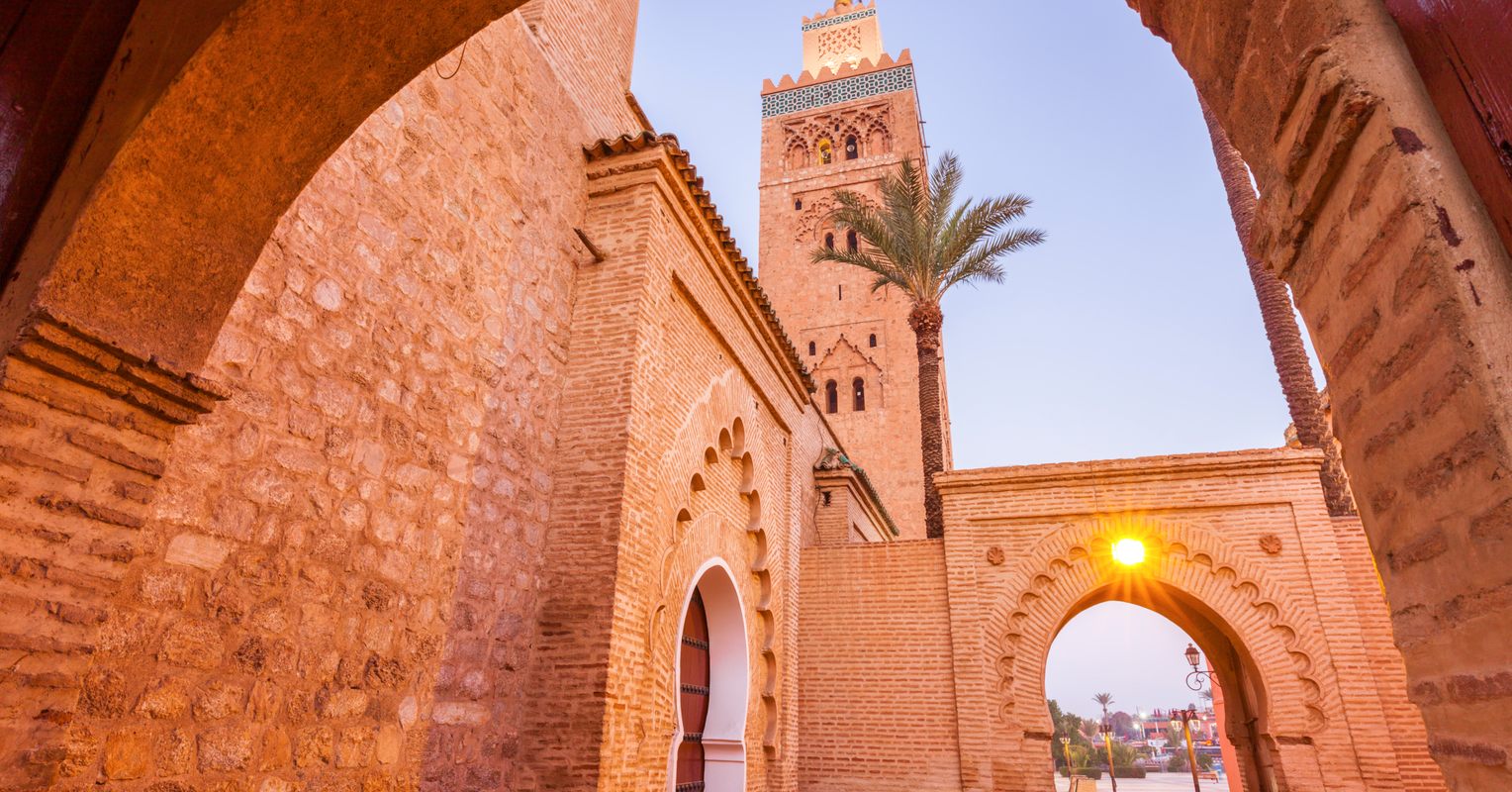
When planning a trip to Morocco, it's essential to pack for the climate. Morocco has a diverse climate, ranging from hot and arid in the desert to cool and wet in the mountains. Here are some packing tips to help you prepare for Morocco's climate:
What to Pack for Morocco
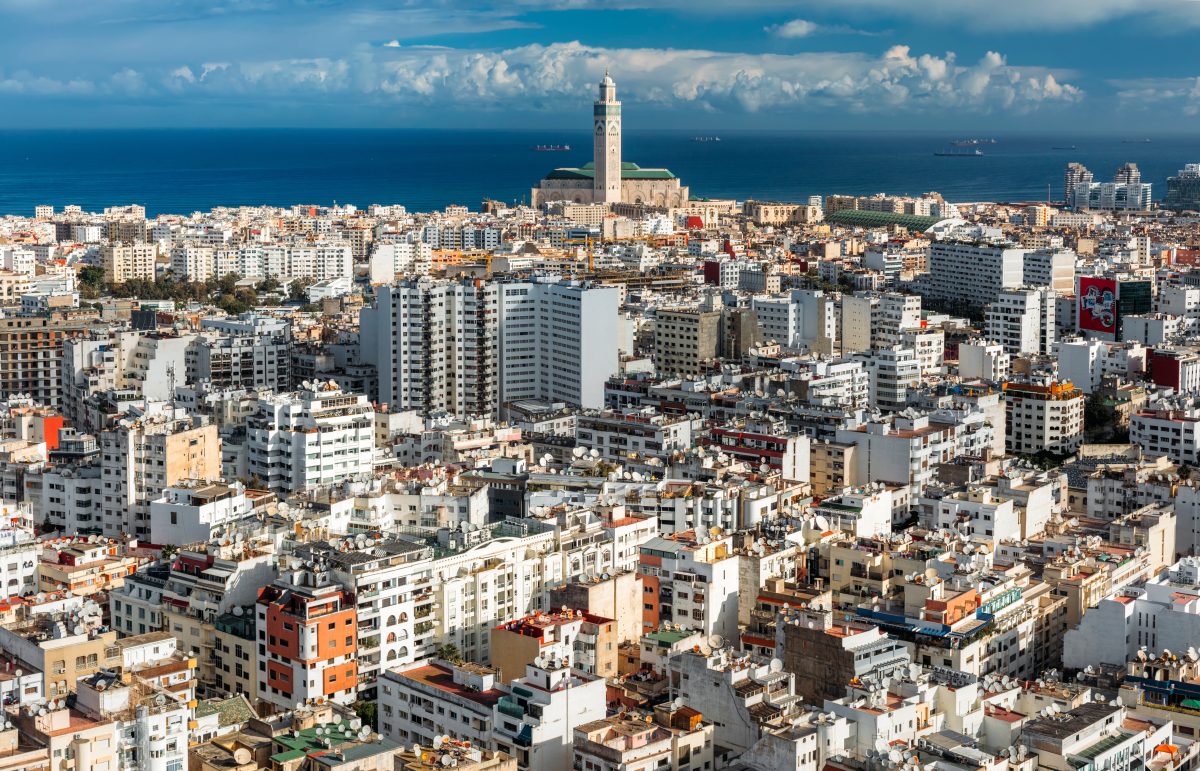
When packing for Morocco, it's important to pack light, loose-fitting clothing made of natural fibers like cotton. This will help keep you cool and comfortable in the heat. It's also a good idea to pack layers, as the temperature can vary widely depending on the time of day and location.
1-Pants
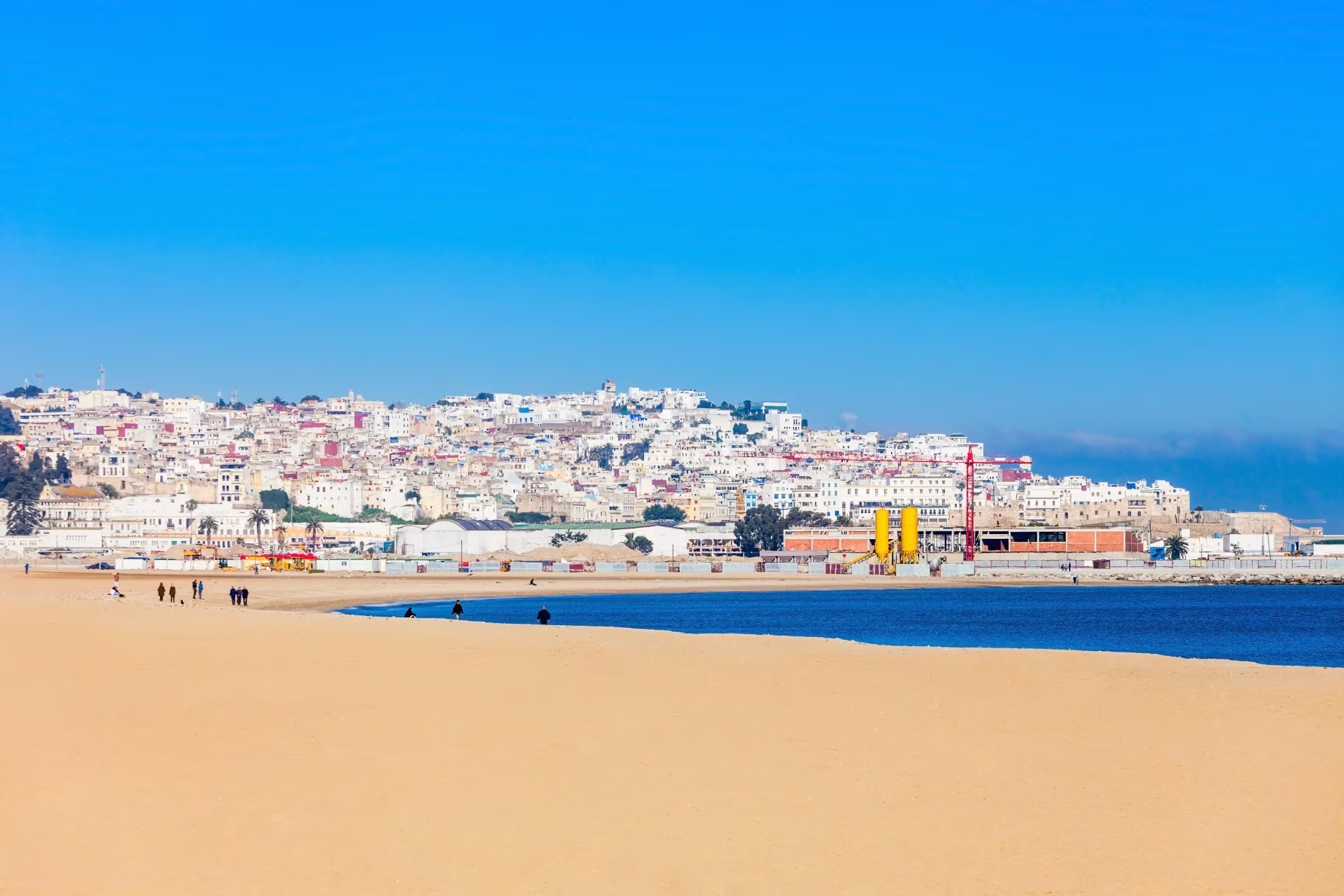
For pants, we recommend packing a combination of long loose trousers and leggings. Long loose trousers will keep you covered and protected from the sun, while leggings are a great option for cooler days or for layering under dresses or skirts.
2-Light Jacket
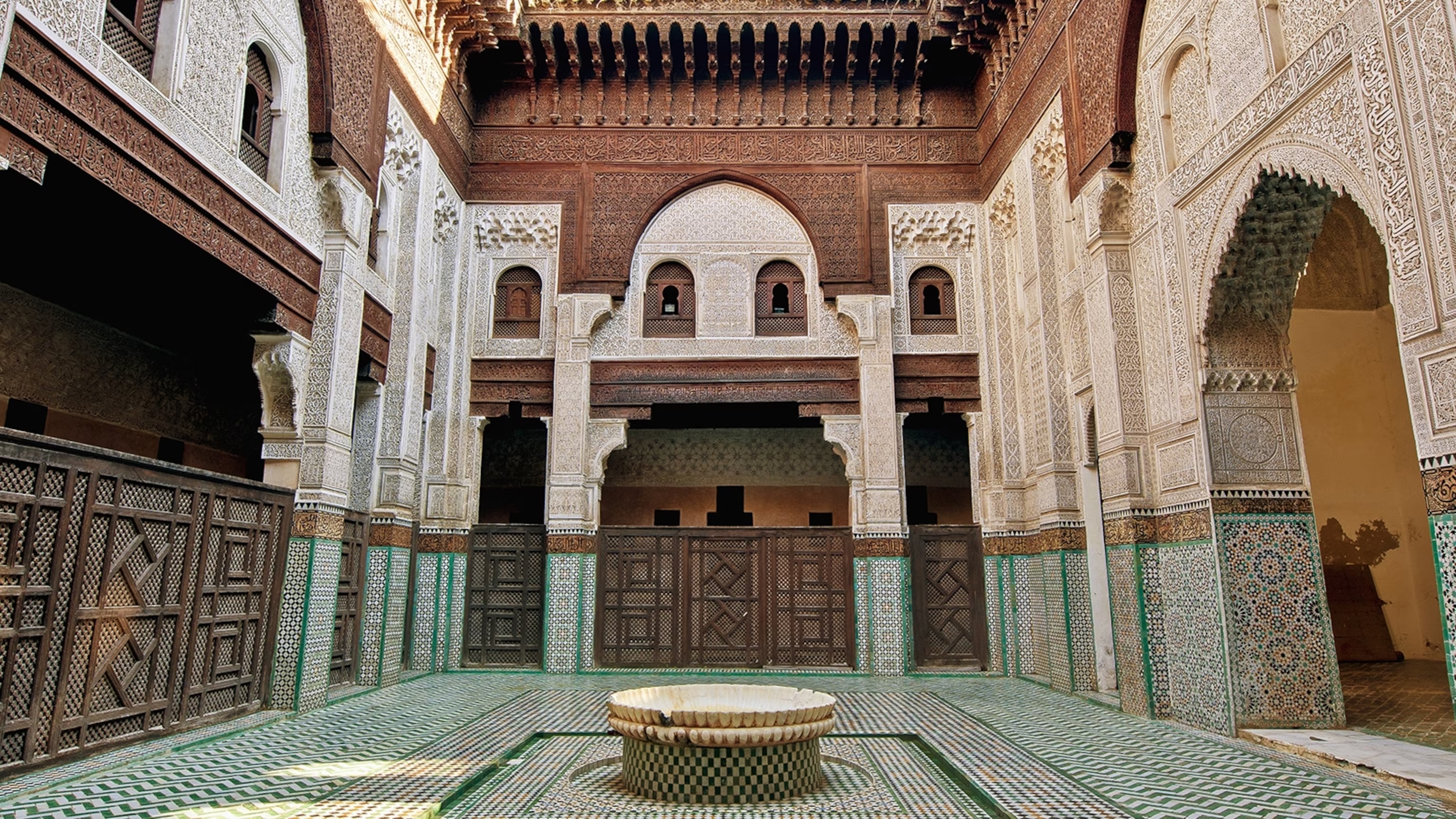
While Morocco is generally warm, it can get chilly at night, especially in the mountains. Packing a light jacket or sweater is a good idea, especially if you plan on spending time outdoors in the evenings.
3-Sweater
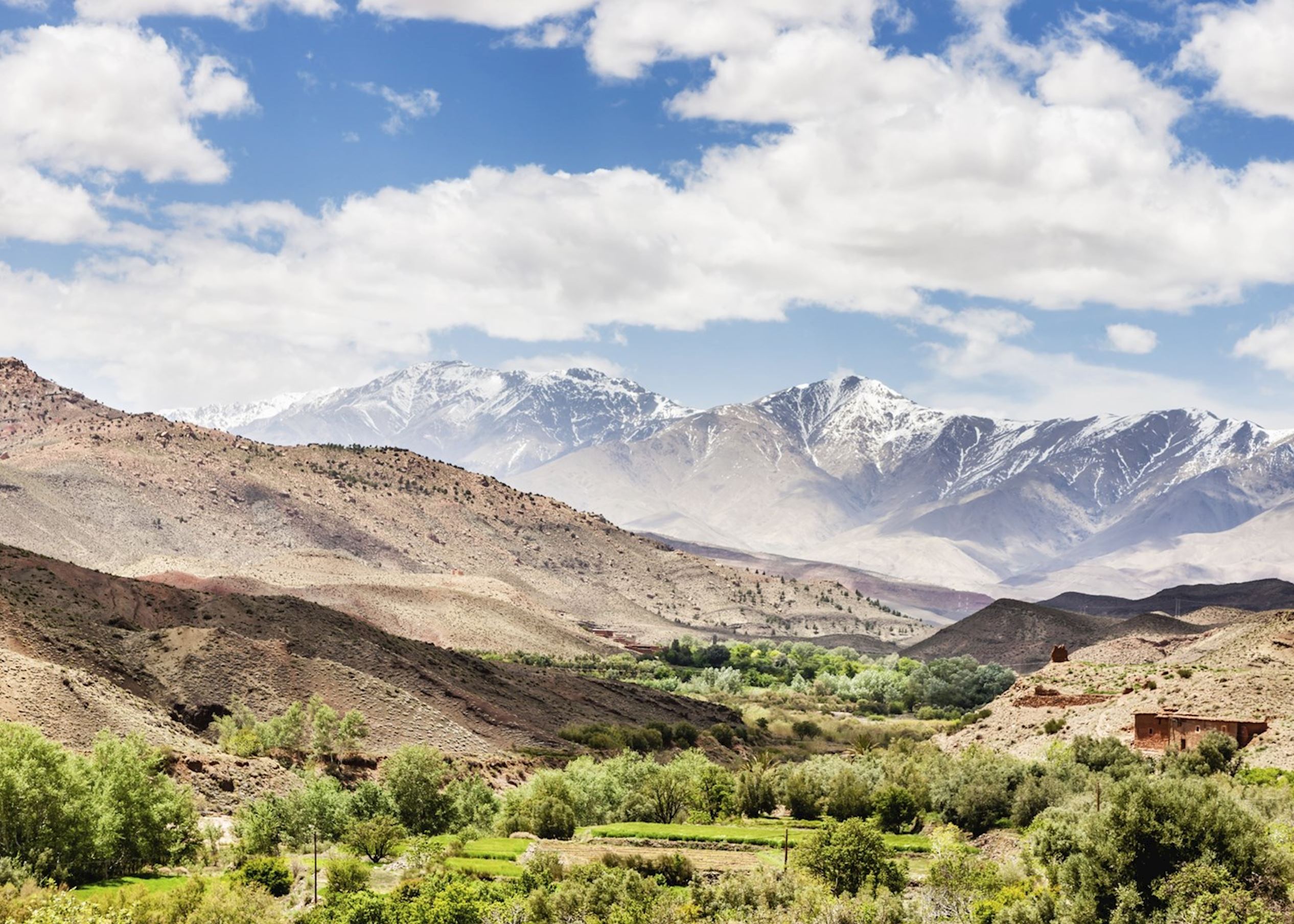
If you plan on visiting the mountains, it's important to pack a sweater or other warm layers. The temperature can drop significantly at higher elevations, so it's important to be prepared.
Packing for Morocco's climate requires a balance of practicality and comfort. By packing light, loose-fitting clothing made of natural fibers, layers, and warm clothes for cooler nights, you'll be prepared for whatever Morocco's climate throws your way.
Weather-Related Phenomena in Morocco
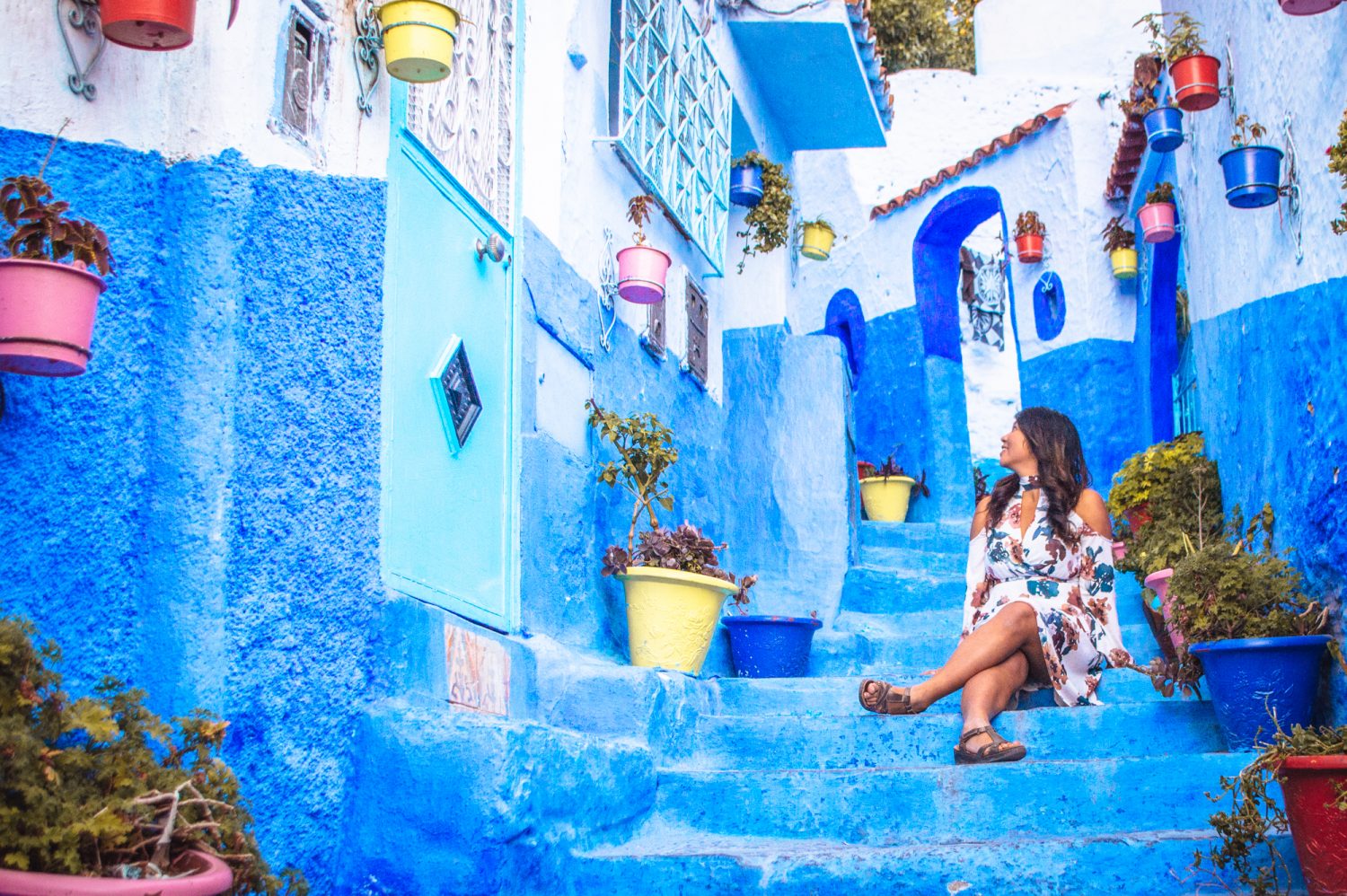
Morocco is a country that is known for its warm and sunny climate. However, it is not immune to weather-related phenomena that can occur from time to time. Here are some of the weather-related phenomena that you might encounter during your visit to Morocco in 2025 and 2026.
Heat Waves
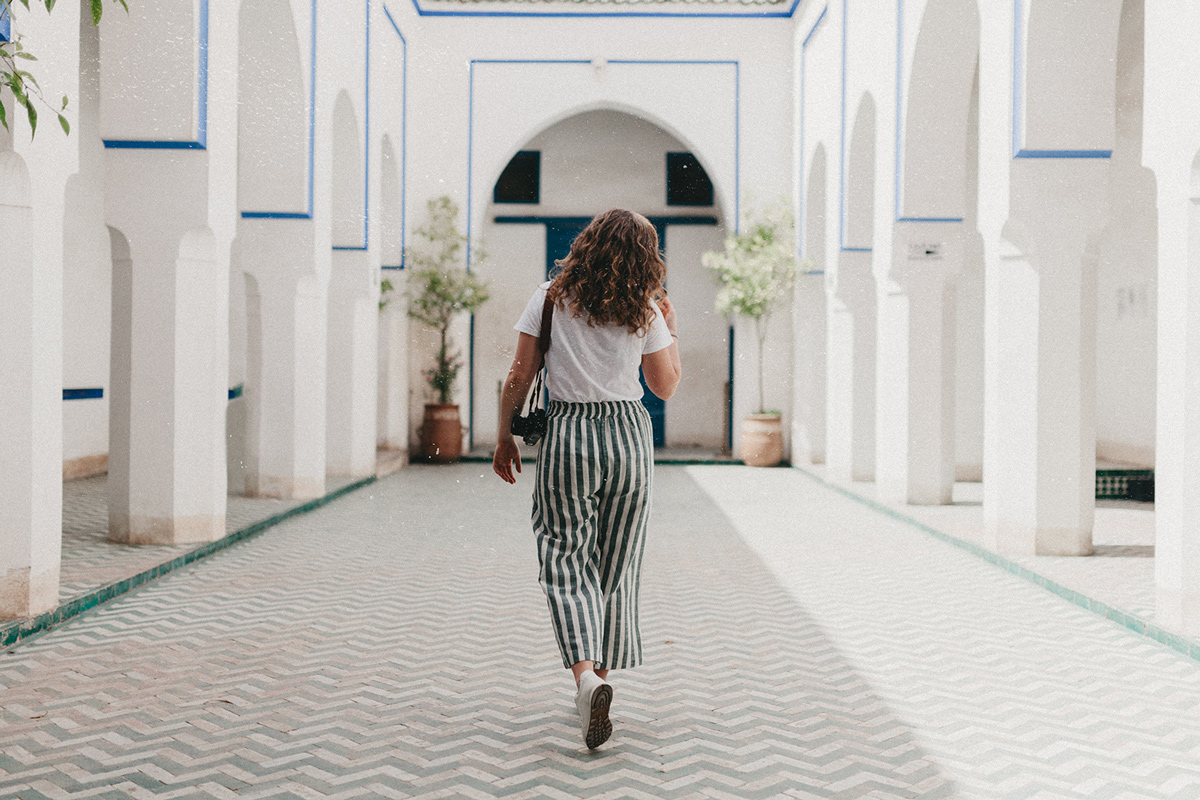
Heat waves are not uncommon in Morocco, especially during the summer months. During a heat wave, temperatures can rise to sweltering and scorching levels, making it uncomfortable to be outside for extended periods. It is important to stay hydrated and avoid prolonged exposure to the sun during these times.
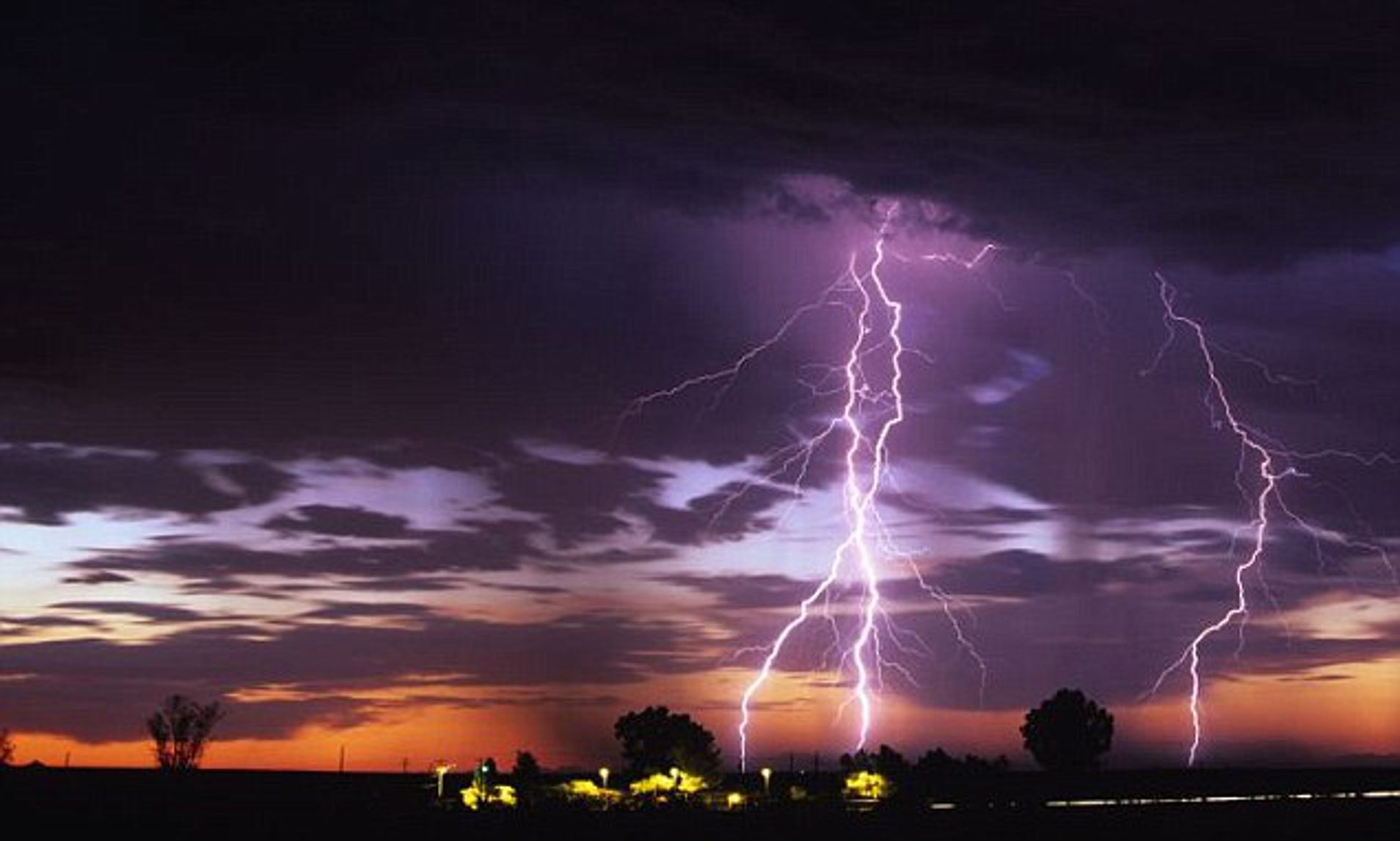
Thunderstorms are more common in Morocco during the winter months, but they can occur at any time of the year. These storms can bring heavy rain, lightning, and strong winds. If you are caught outside during a thunderstorm, seek shelter immediately and avoid open areas.
Winds
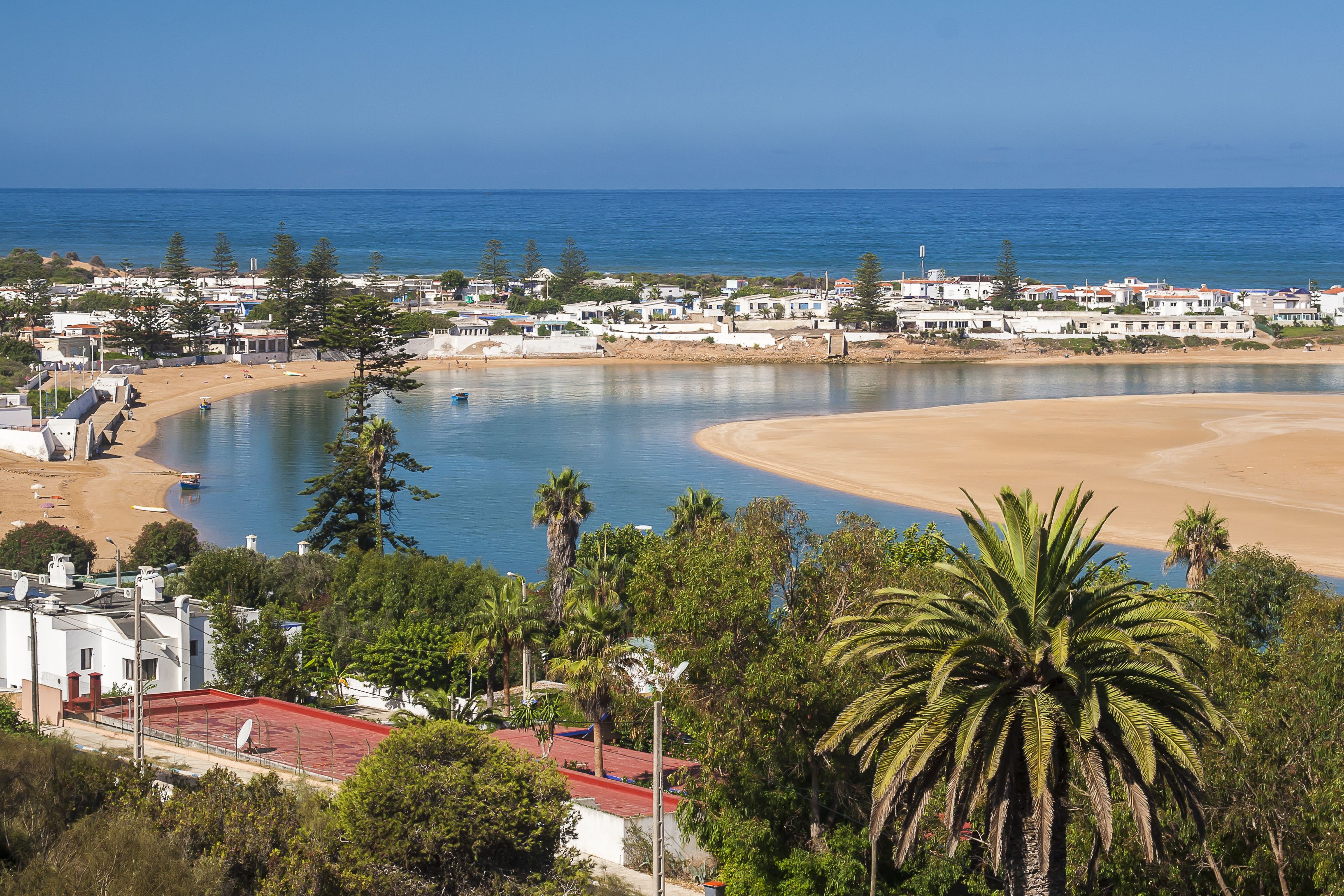
Morocco is known for its windy conditions, especially in coastal areas. The winds can be quite strong at times, which can make it difficult to walk or drive. If you are planning to visit coastal areas, be prepared for windy conditions and take appropriate precautions.
Sweltering Temperatures in Morocco
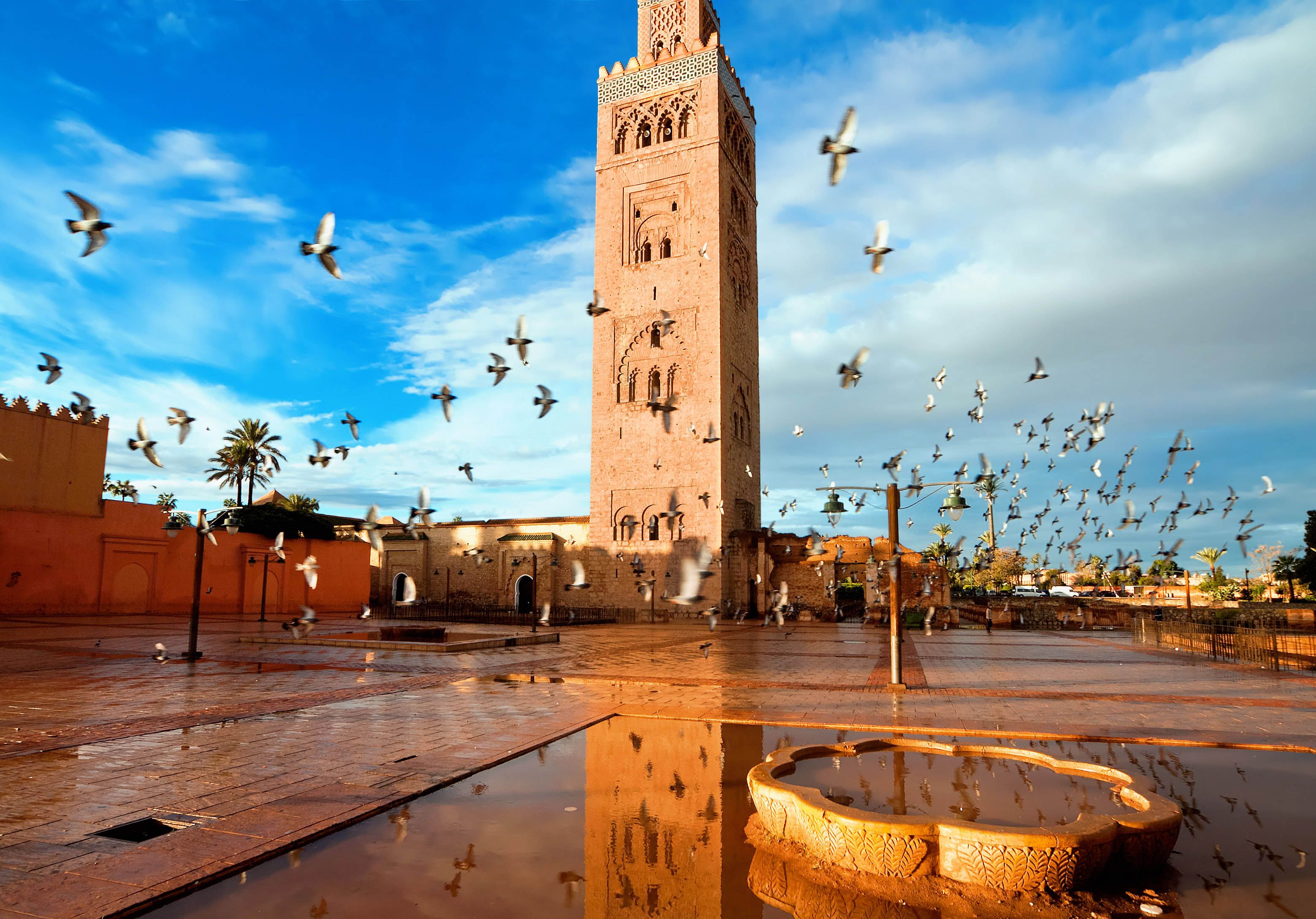
During the summer months, temperatures in Morocco can reach sweltering levels, especially in inland areas. It is important to stay hydrated and avoid prolonged exposure to the sun during these times. If you are planning to spend time outdoors, consider visiting in the early morning or late afternoon when temperatures are cooler.
Scorching Temperatures in Morocco
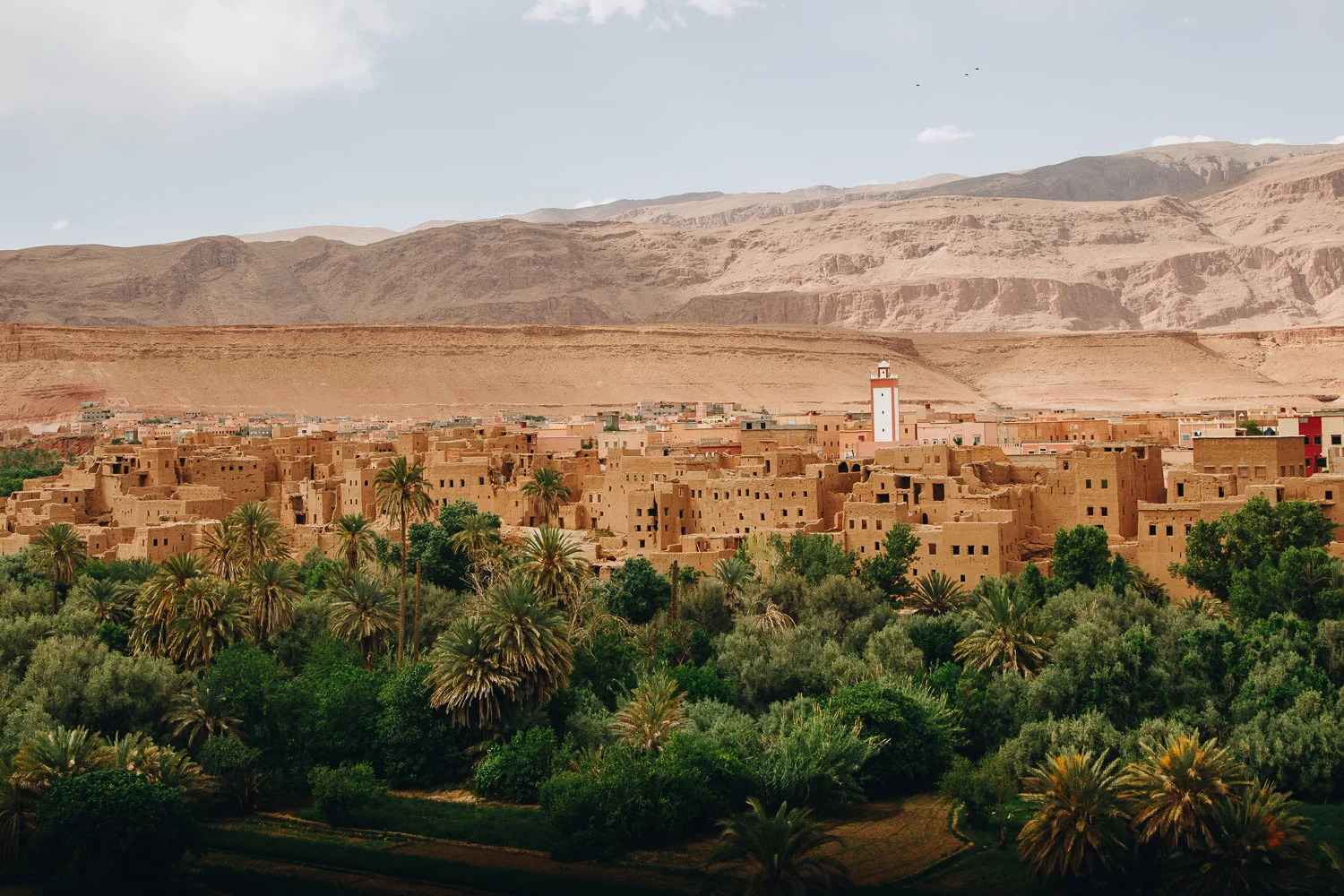
In some parts of Morocco, temperatures can reach scorching levels during the summer months. These extreme temperatures can be dangerous, especially for young children and the elderly. If you are planning to visit during this time, be sure to take appropriate precautions and stay hydrated.
Beach and Resort Weather in Morocco
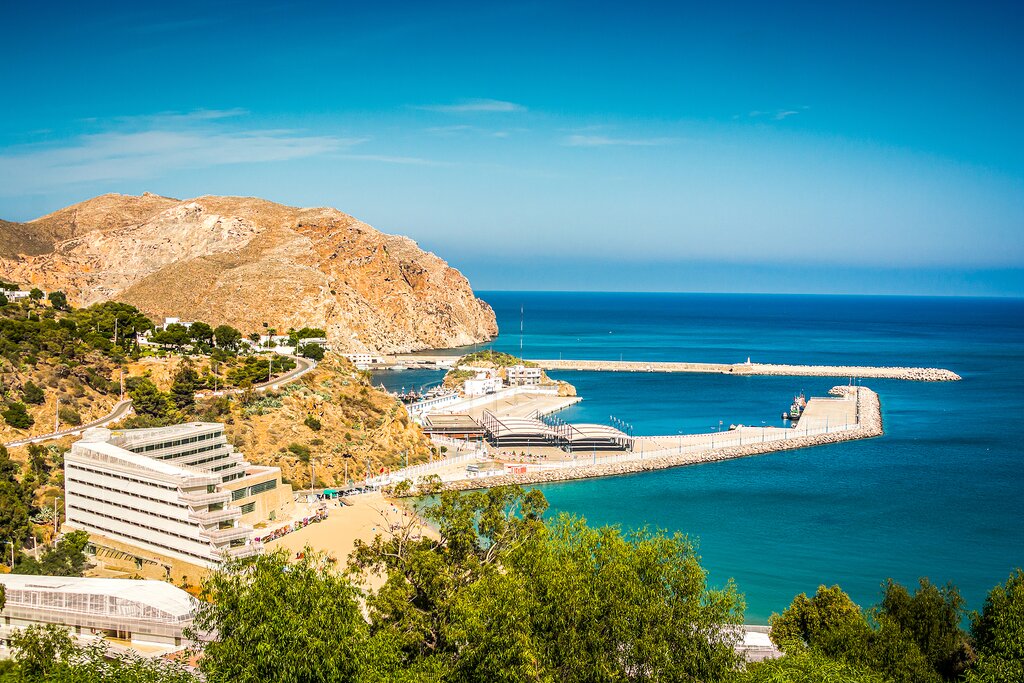
If you're planning to visit Morocco for a beach vacation, you'll want to know what to expect in terms of weather. The country has a long coastline along the Atlantic Ocean and the Mediterranean Sea, with many popular beach destinations. Here's what you need to know about the beach and resort weather in Morocco.
Beach and Pool Score in Morocco
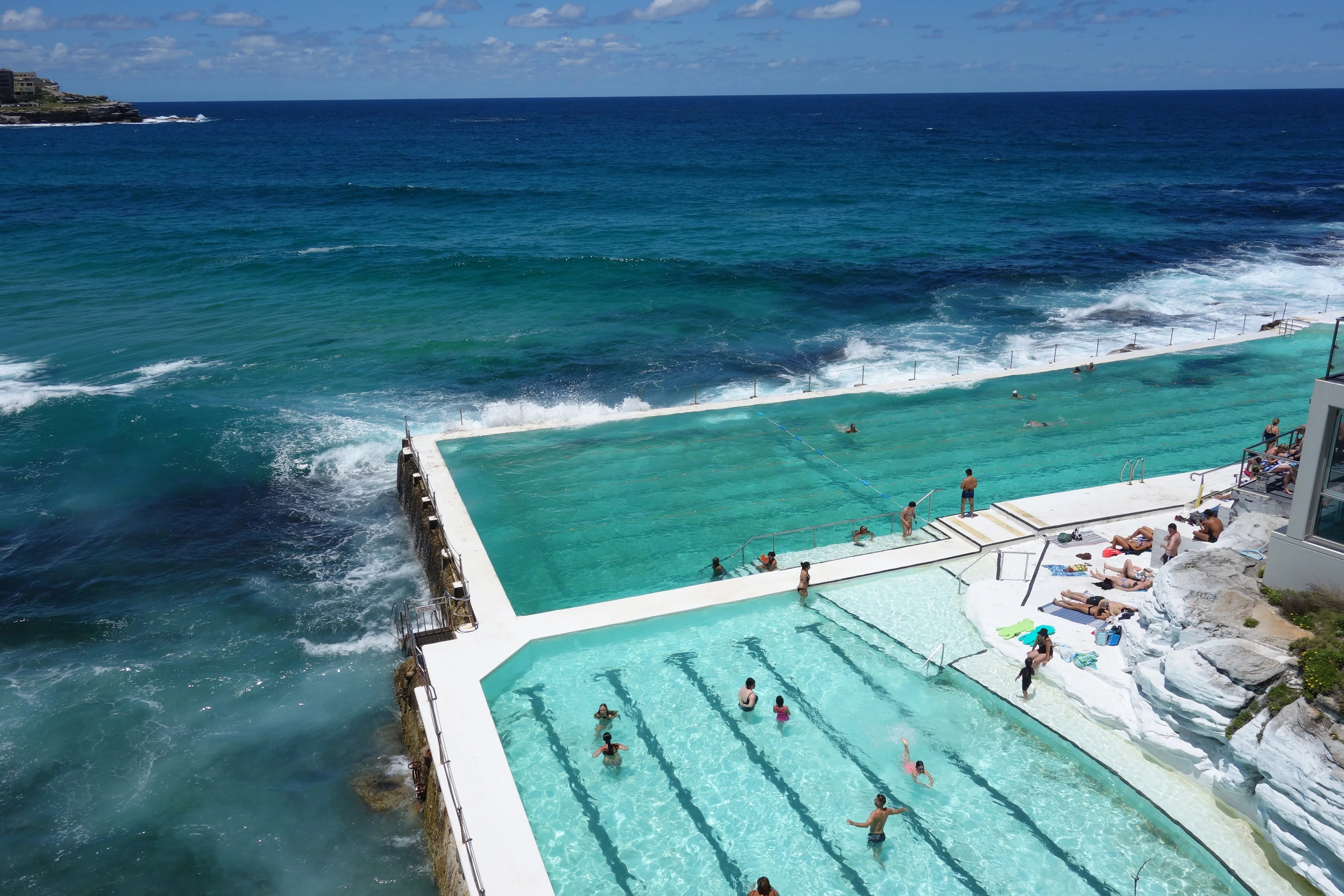
One way to measure the suitability of a beach for swimming is the Beach and Pool Score. This score takes into account factors such as water temperature, air temperature, wind speed, and UV index. In general, the best time to visit Moroccan beaches is during the summer months, when the water is warm and the weather is sunny. The Beach and Pool Score is highest in July and August, with scores of around 8 out of 10.
Resorts
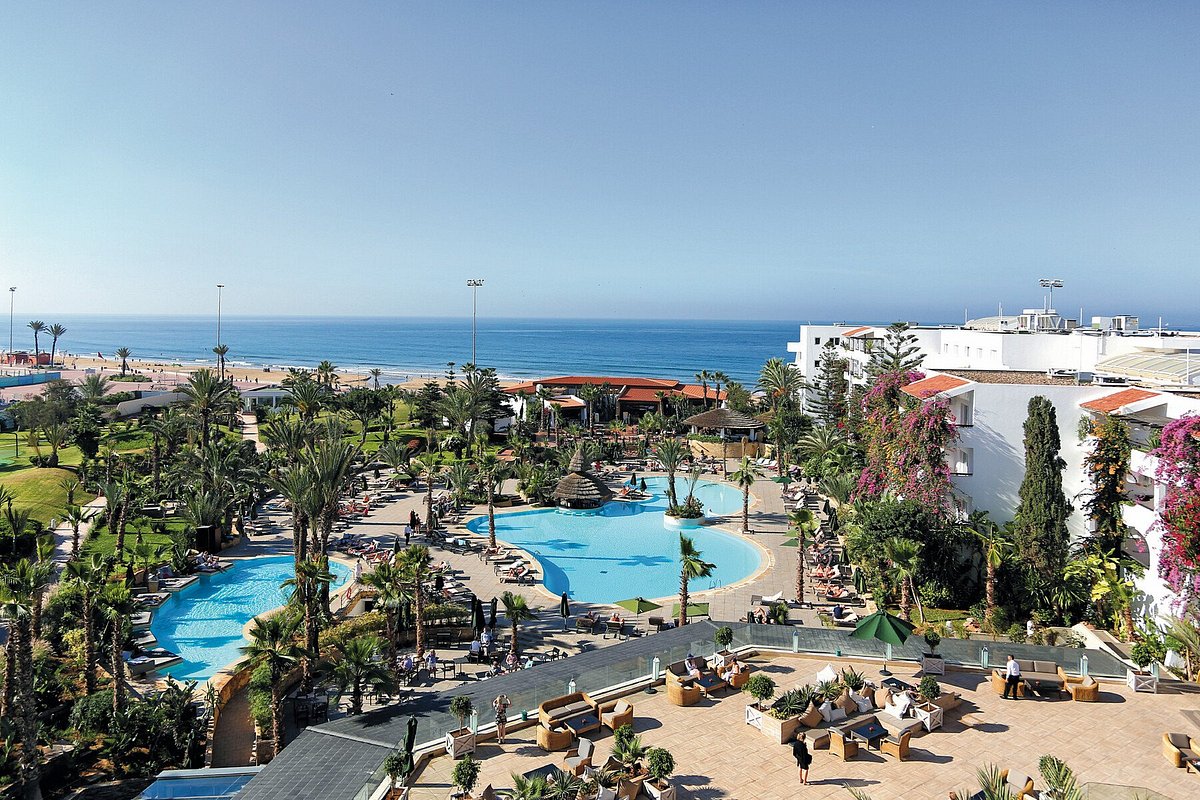
Morocco has many resorts that cater to beachgoers, with amenities such as pools, spas, and restaurants. Some of the most popular resorts include Agadir, Essaouira, and Tangier. These resorts offer a range of accommodations, from budget-friendly hotels to luxury villas. The best time to visit these resorts is during the summer months, when the weather is warm and sunny.
Sea Temperature
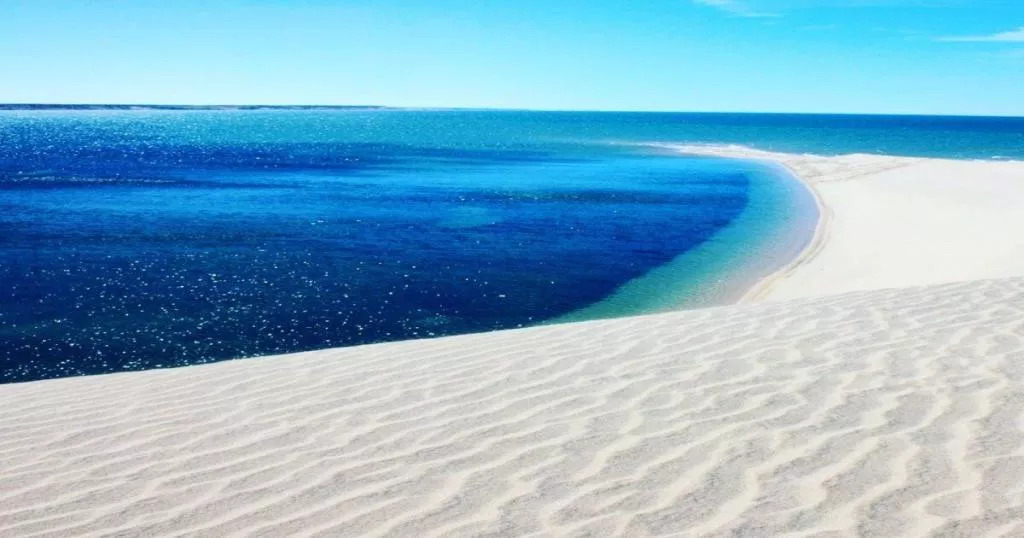
The sea temperature in Morocco varies depending on the location and the time of year. In general, the water is warmest in the summer months, with temperatures ranging from 20°C to 25°C (68°F to 77°F). In the winter months, the water can be quite cold, with temperatures dropping to around 15°C (59°F). If you plan to swim in the sea, it's best to visit during the summer months when the water is warmest.
Morocco has many beautiful beaches and resorts that are perfect for a summer vacation. The best time to visit is during the summer months when the weather is warm and sunny, and the sea temperature is ideal for swimming. Keep in mind the Beach and Pool Score when choosing a beach, and consider staying at one of the many resorts that offer amenities such as pools and spas.
Landscape and Weather
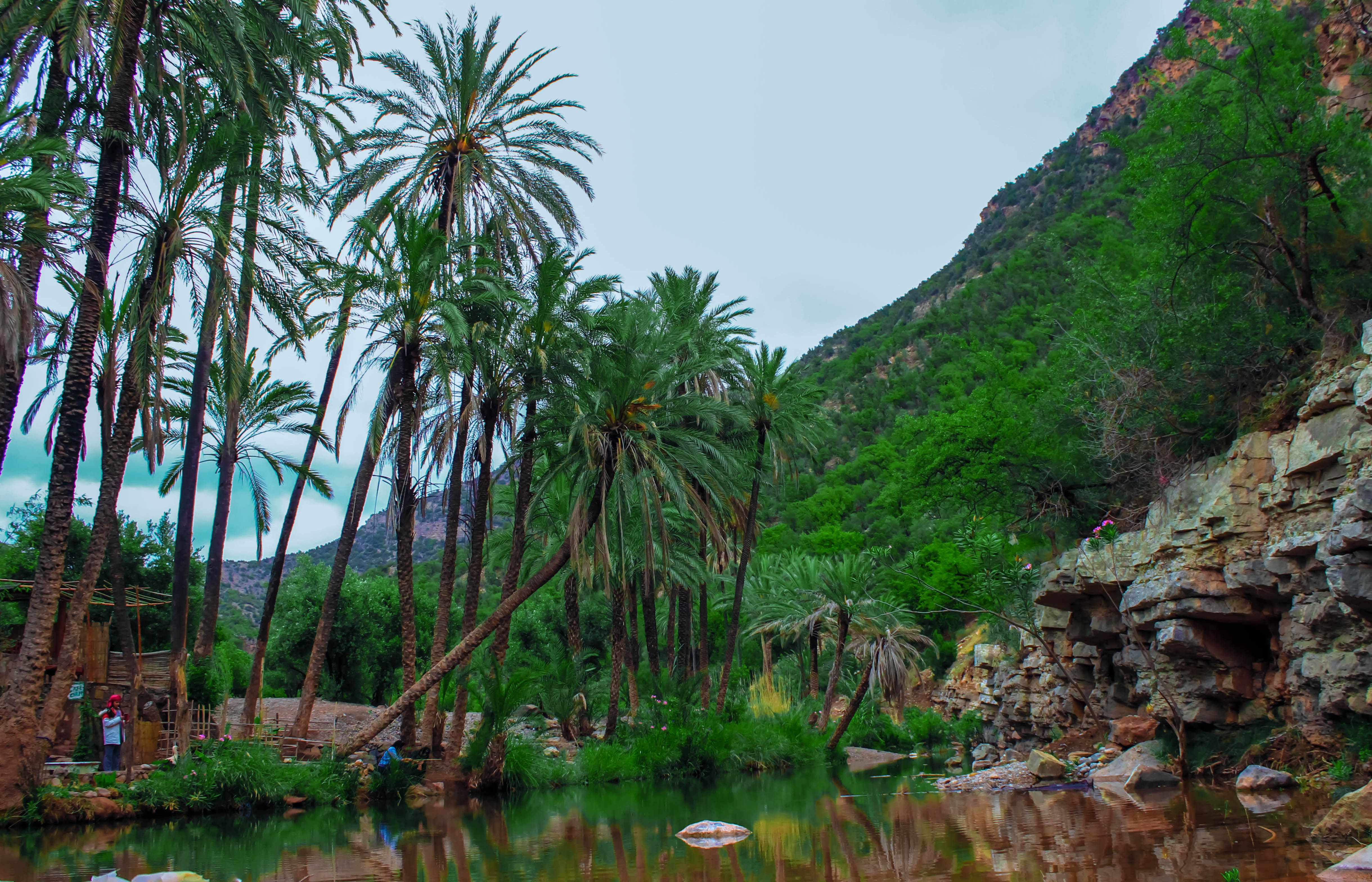
Morocco's landscape is diverse, ranging from coastal plains and fertile valleys to rugged mountains and vast deserts. The country's varied topography creates a range of microclimates, resulting in different weather patterns across the country.
The ground in Morocco is typically dry and rocky, with sandy areas in the desert regions. The climate is influenced by the Atlantic Ocean and the Mediterranean Sea, and the country experiences both tropical and subtropical weather patterns.
Clouds are a common sight in Morocco, especially in the mountainous regions, where they often cling to the peaks. The clouds can also bring rain, which is most common in the winter months.
Morocco experiences variations in temperature throughout the year, with the coldest months being December to February. The average temperature during this time is around 10-15°C (50-59°F) in the coastal areas and around 5-10°C (41-50°F) in the mountainous regions.
In the tropical regions of Morocco, temperatures can reach up to 40°C (104°F) in the summer months. The coastal areas are generally cooler, with temperatures ranging from 20-30°C (68-86°F) in the summer months.
Morocco's weather is characterized by mild winters and hot summers, with significant variation depending on the region. If you're planning a trip to Morocco, it's important to research the weather patterns in the specific areas you plan to visit to ensure you pack appropriately and plan your itinerary accordingly.

